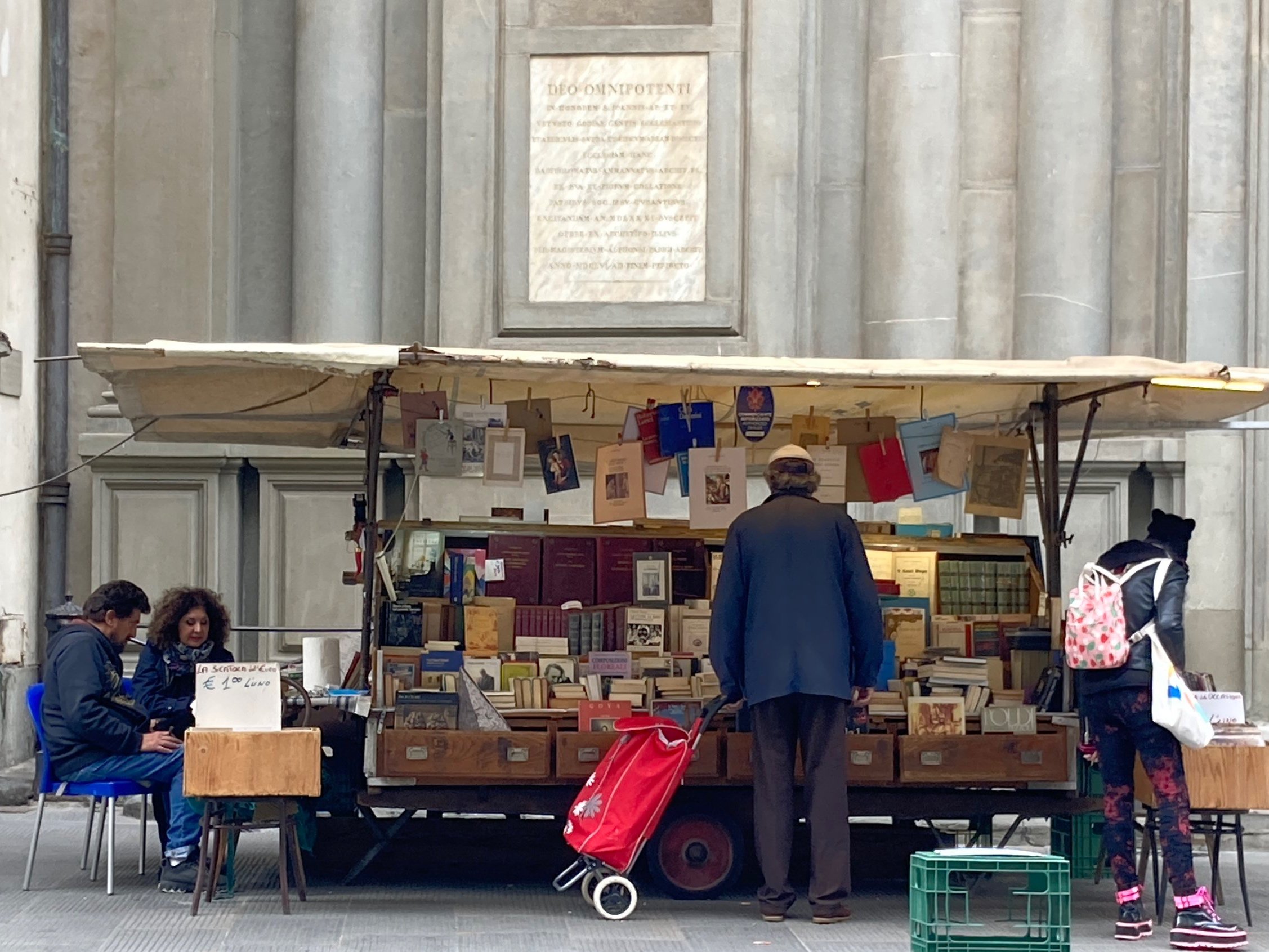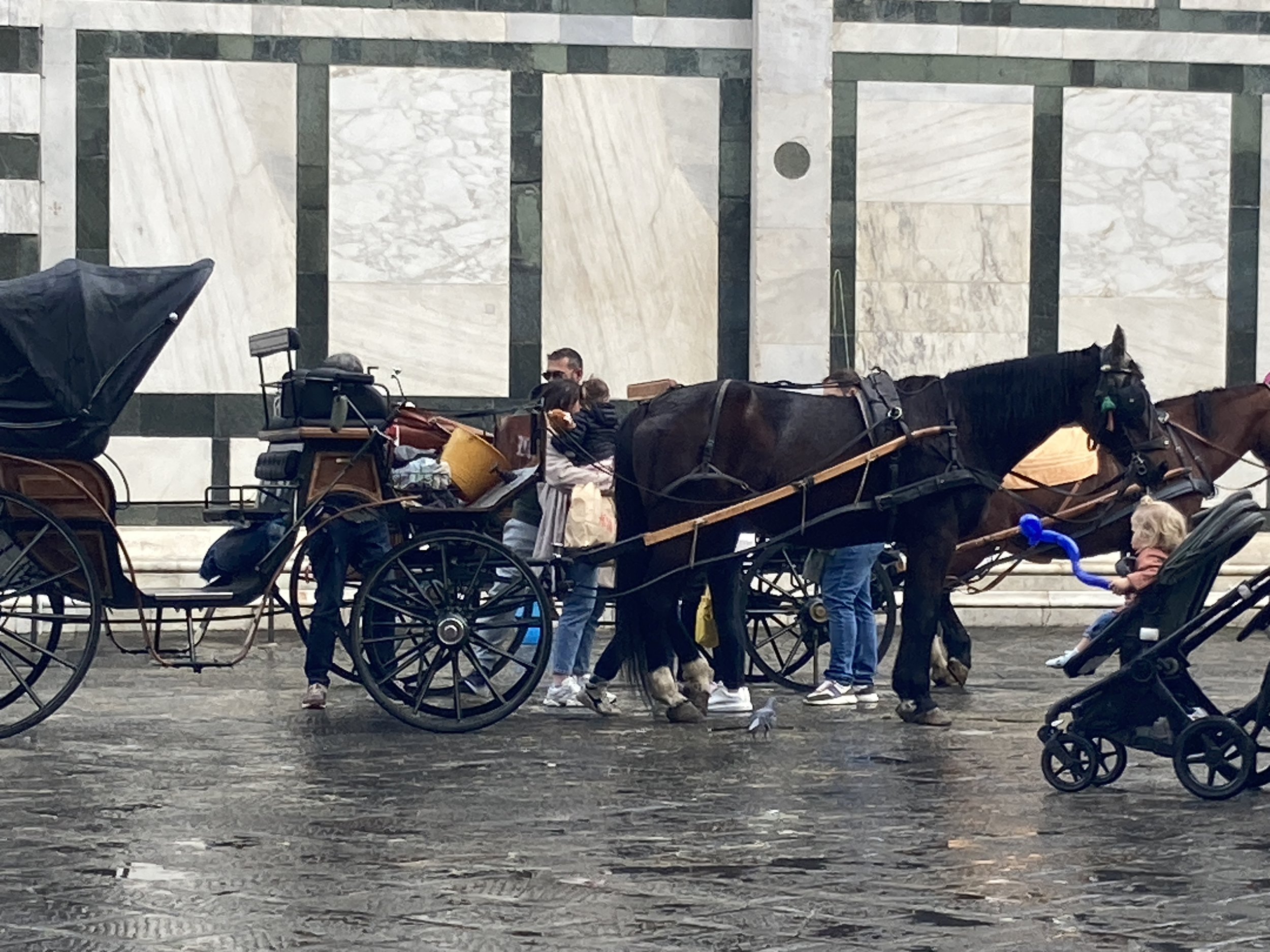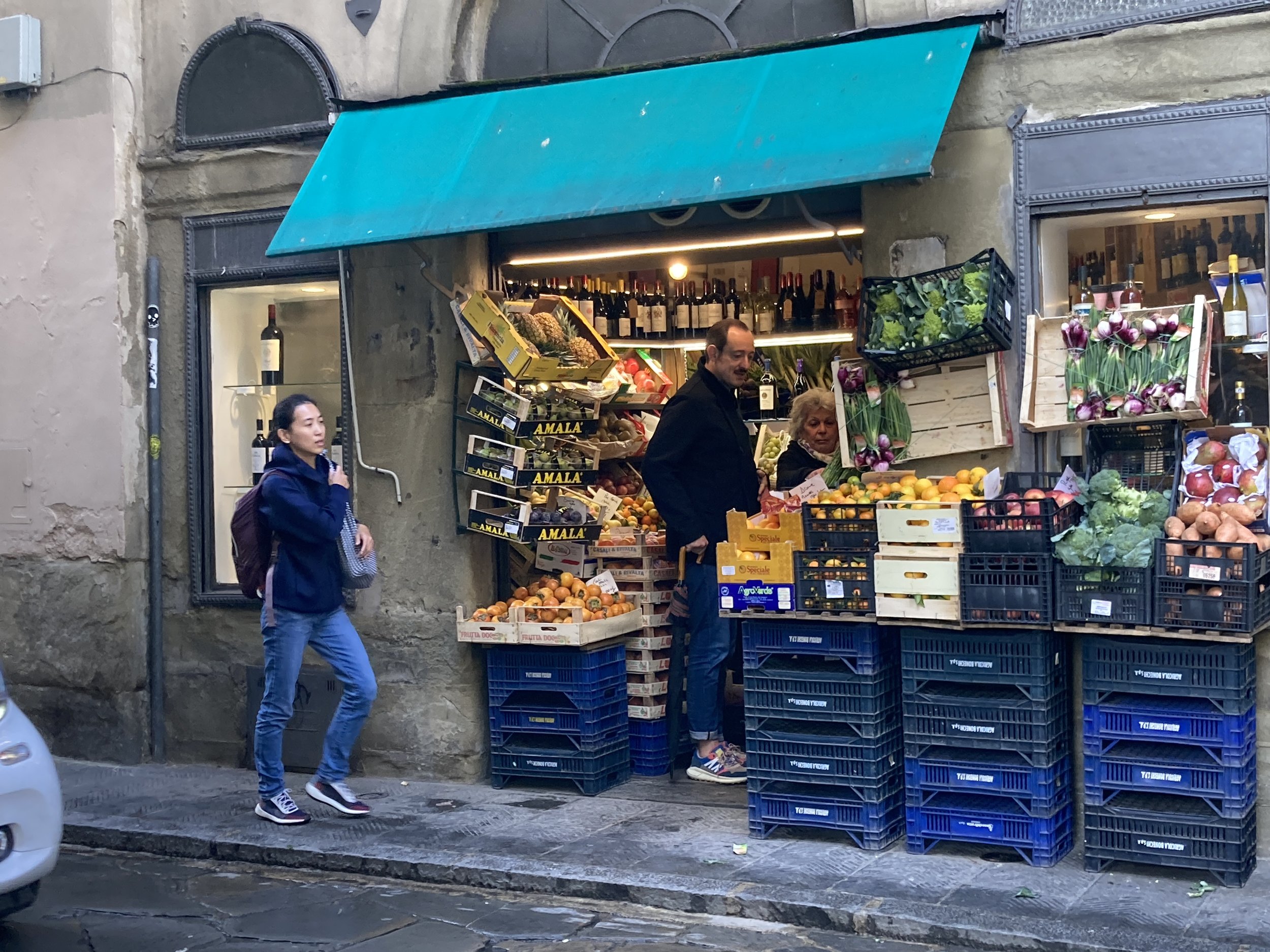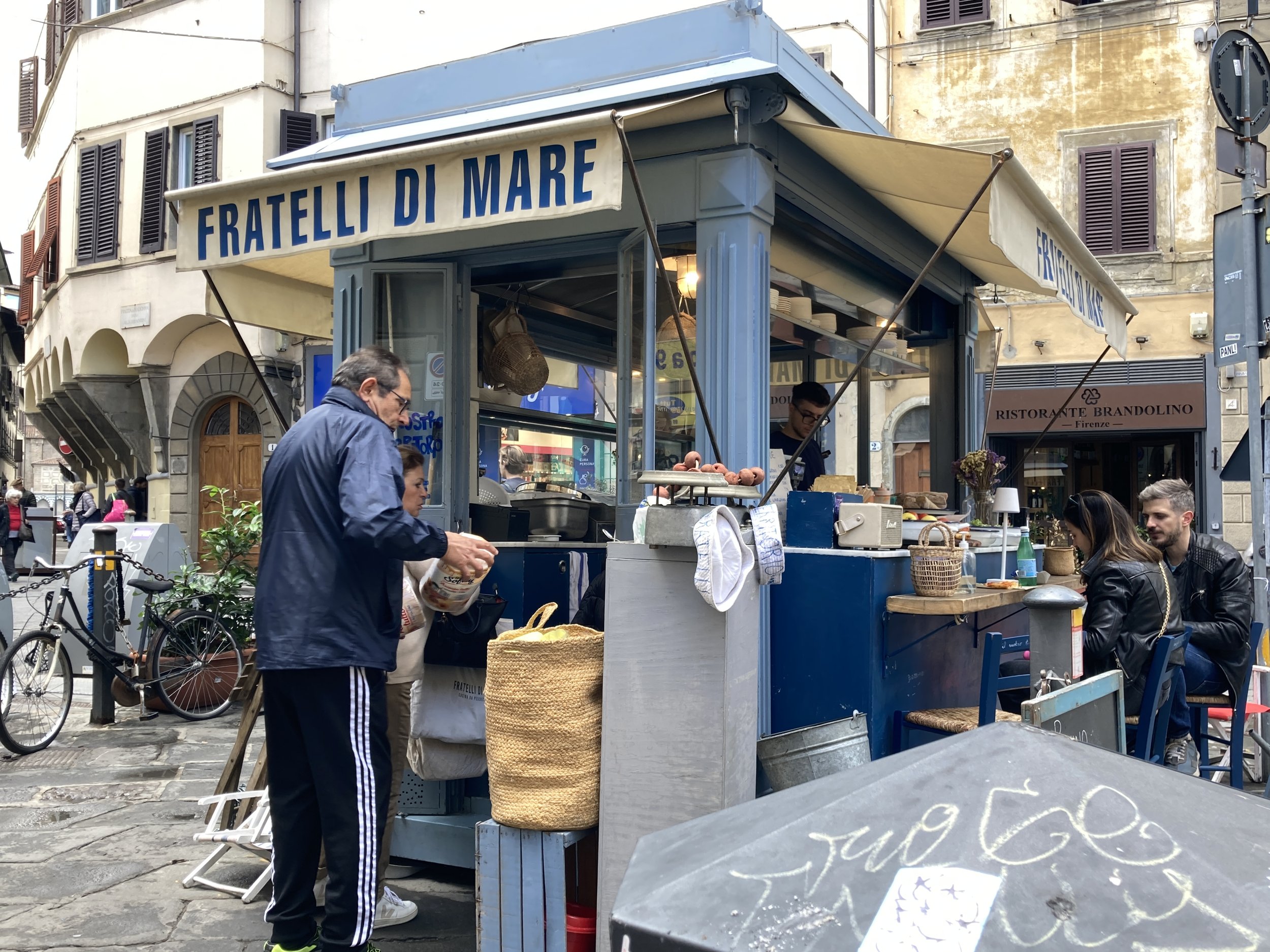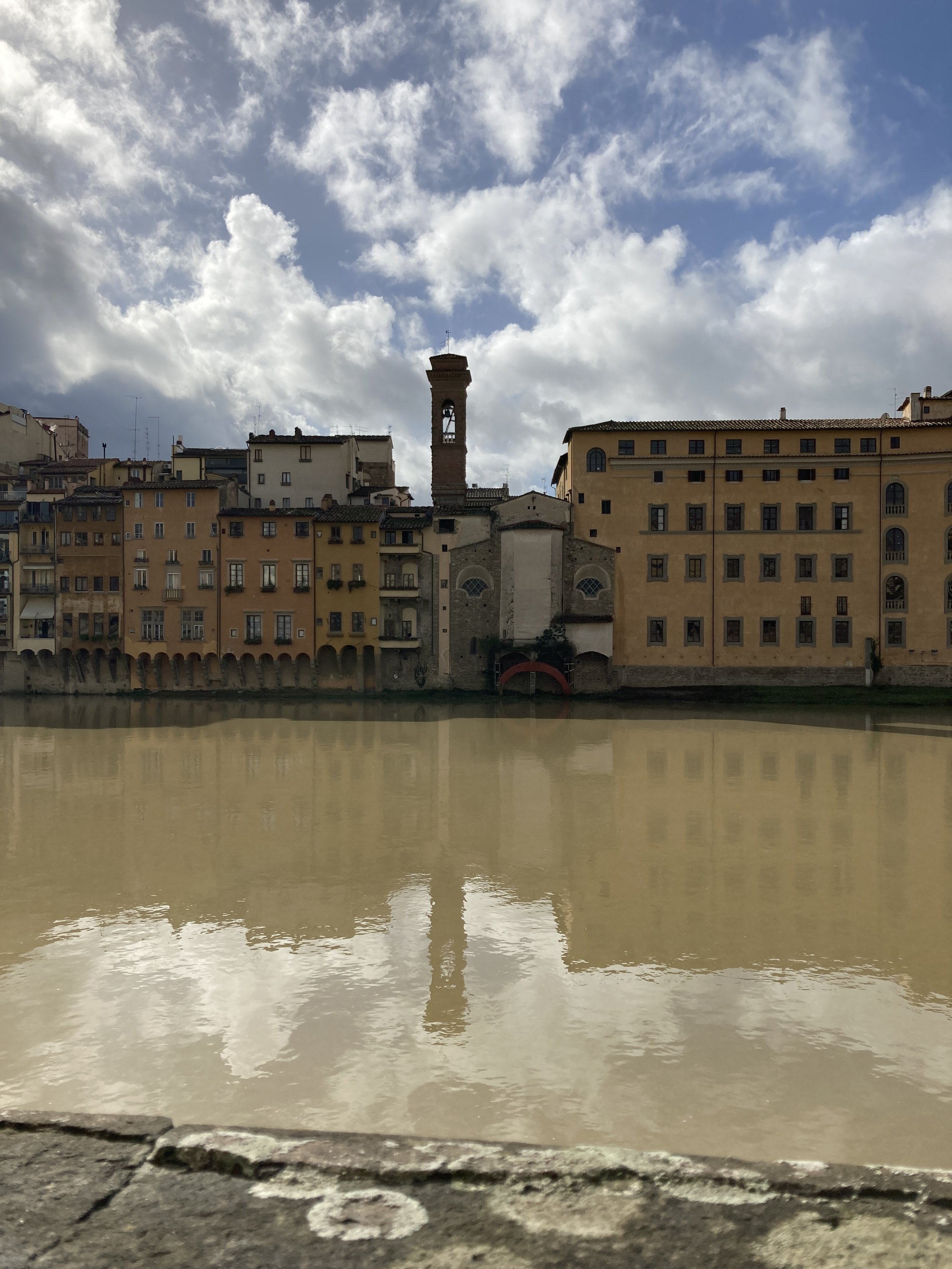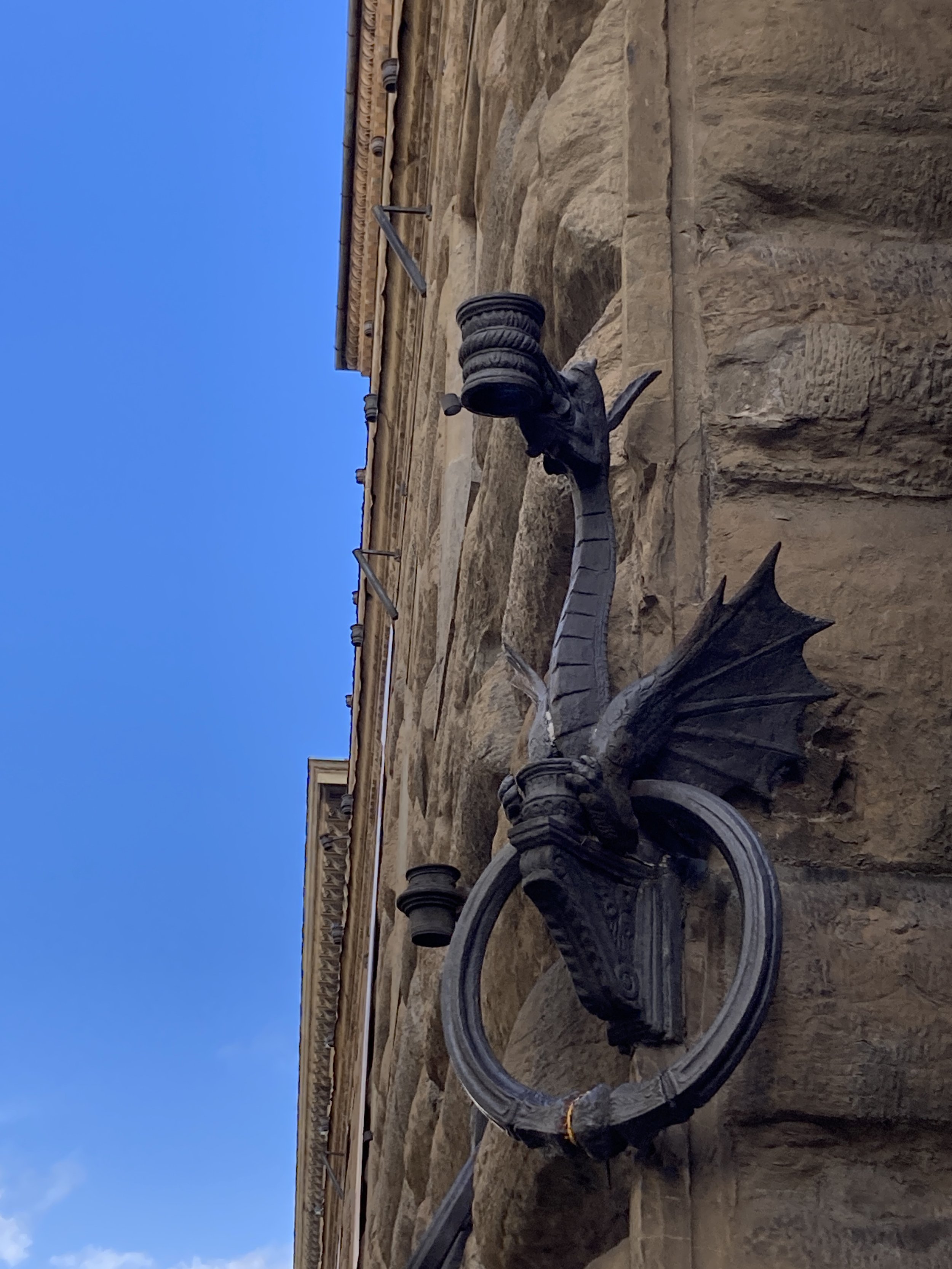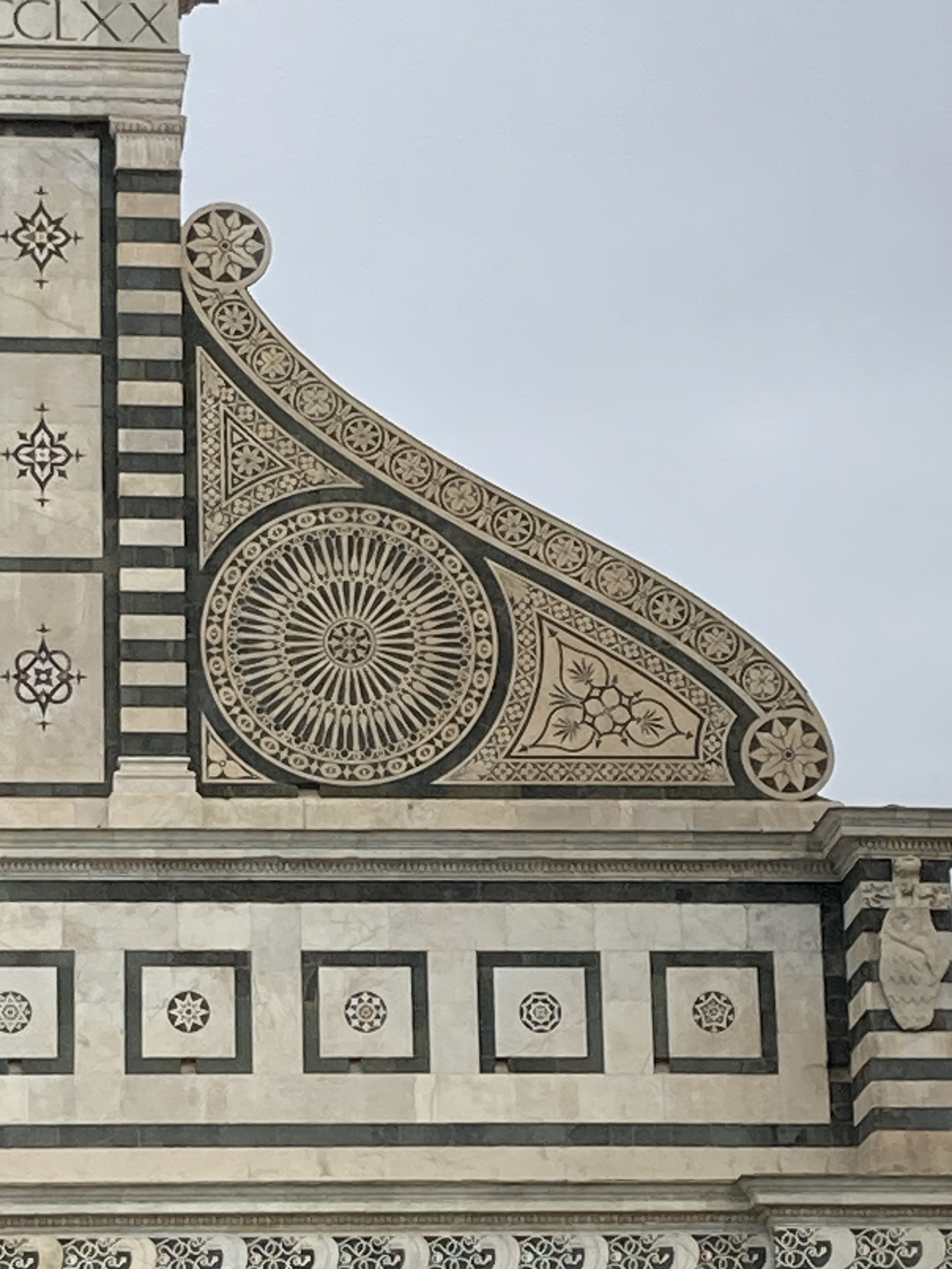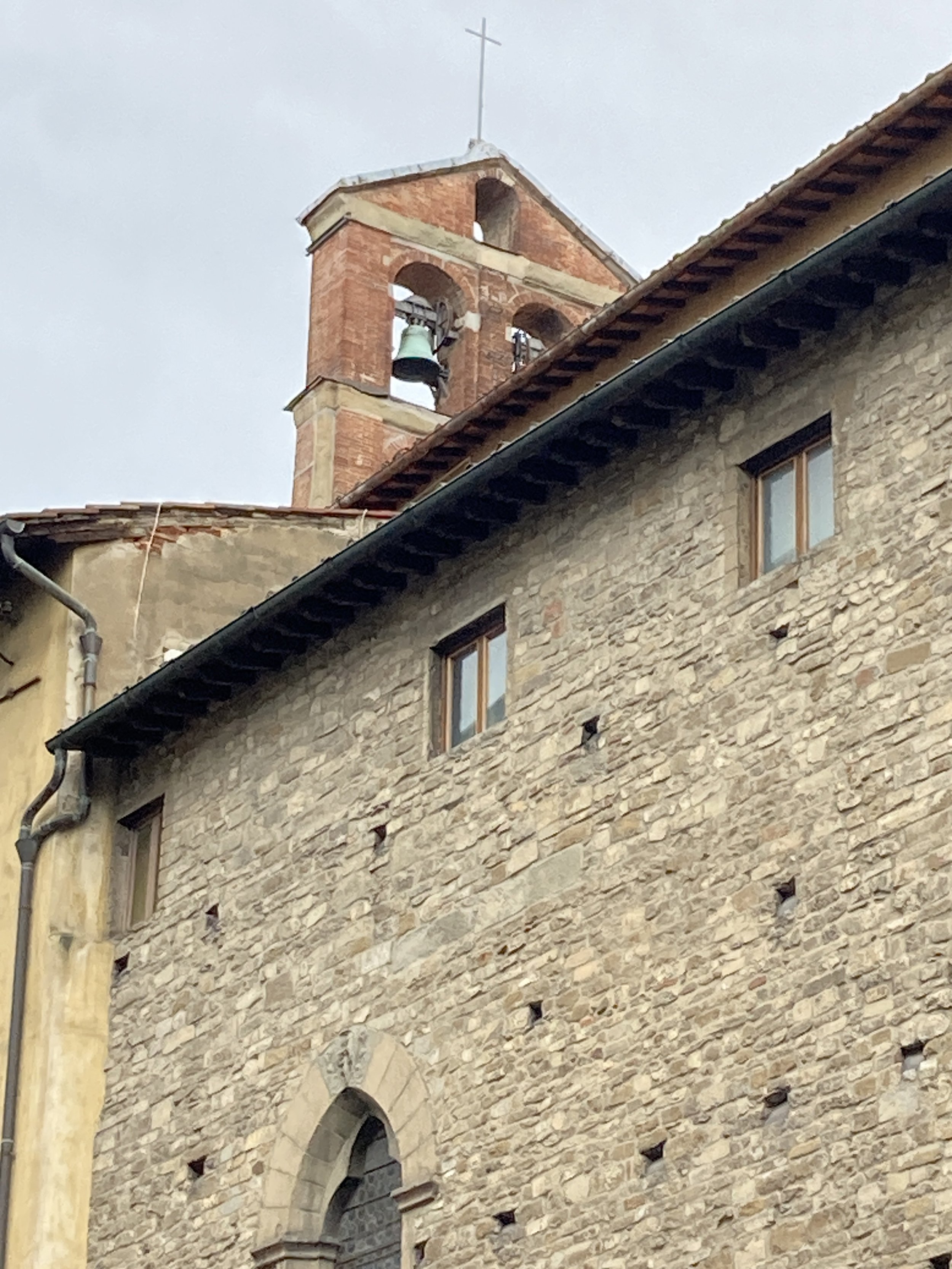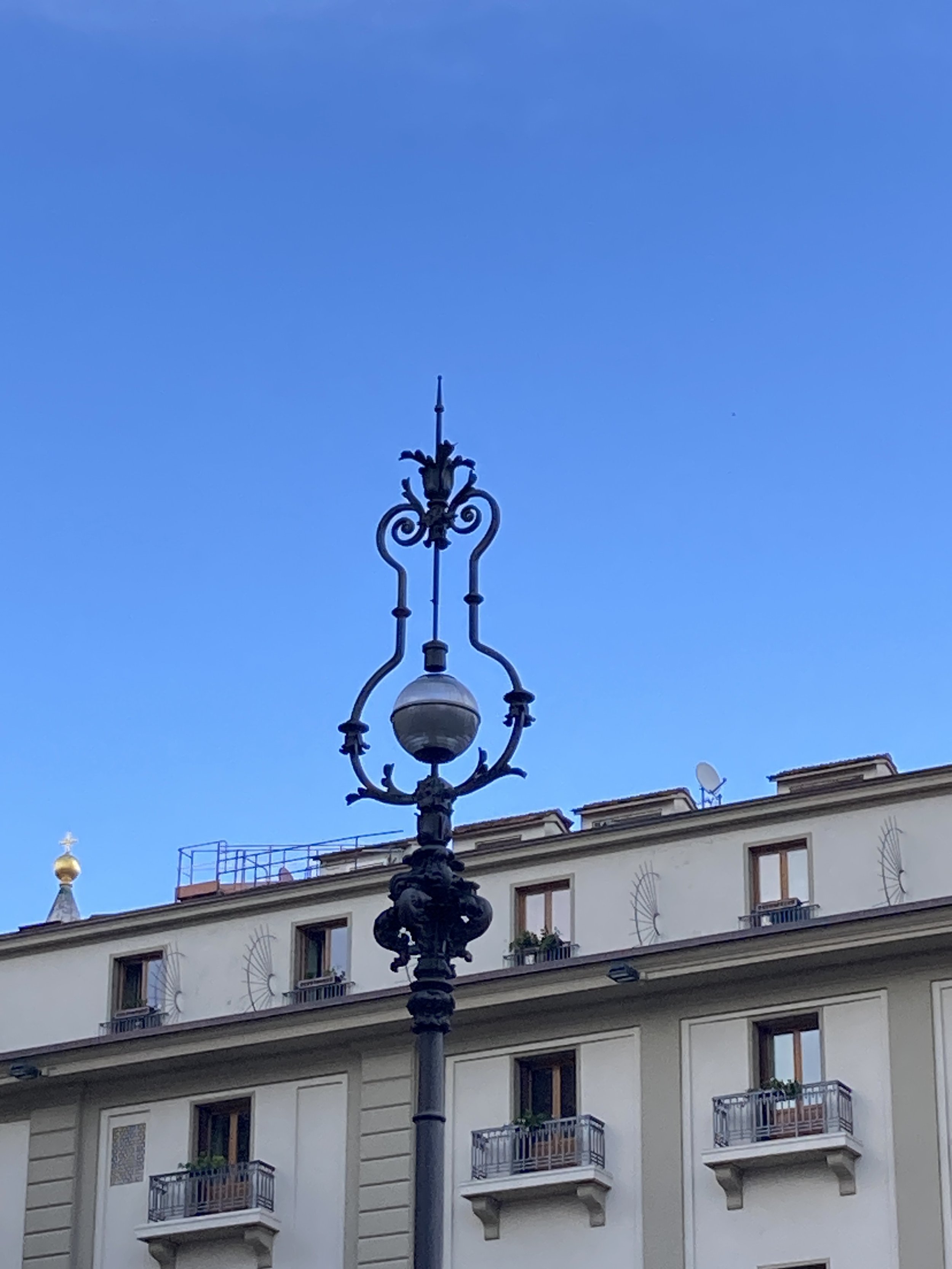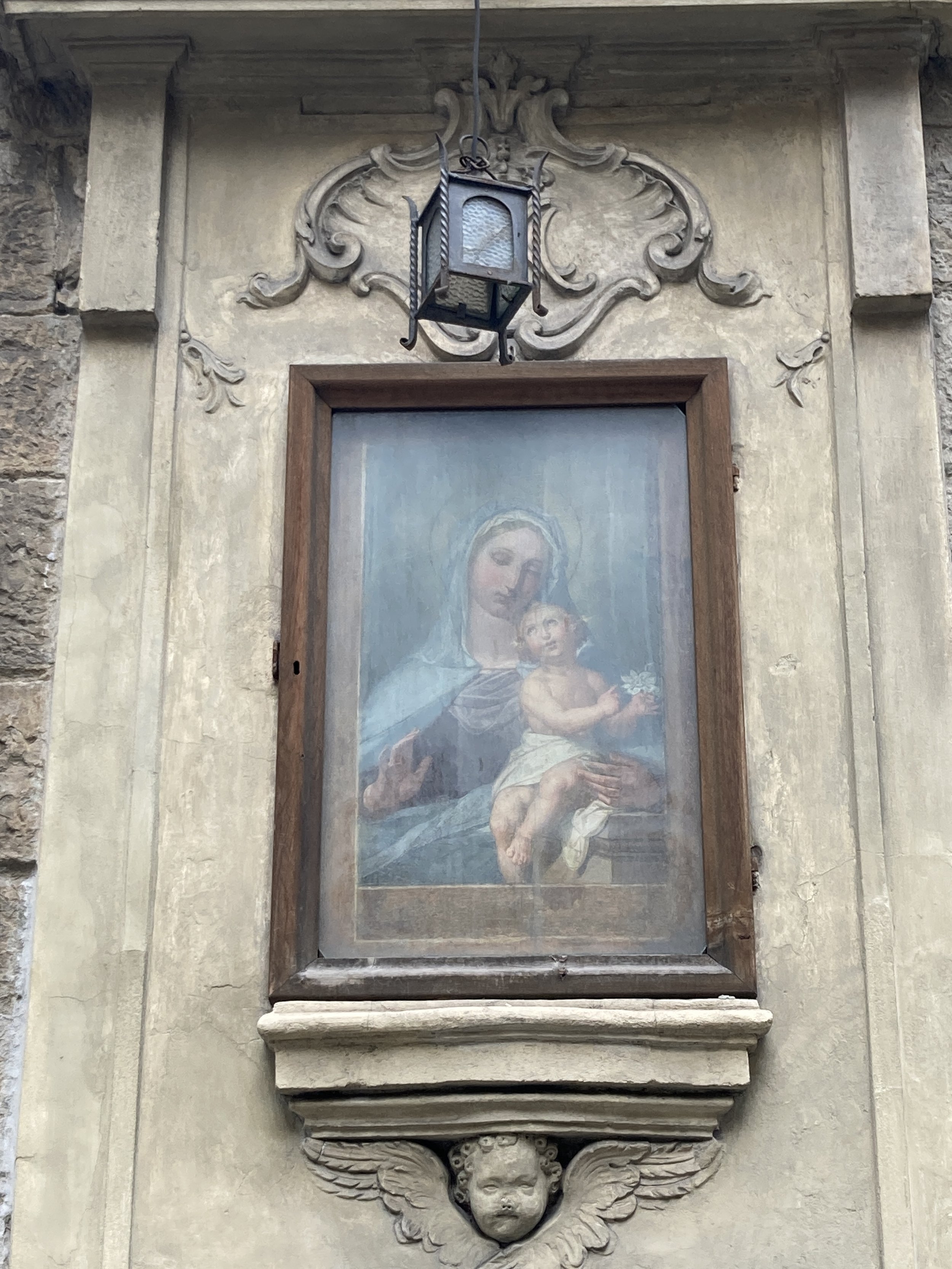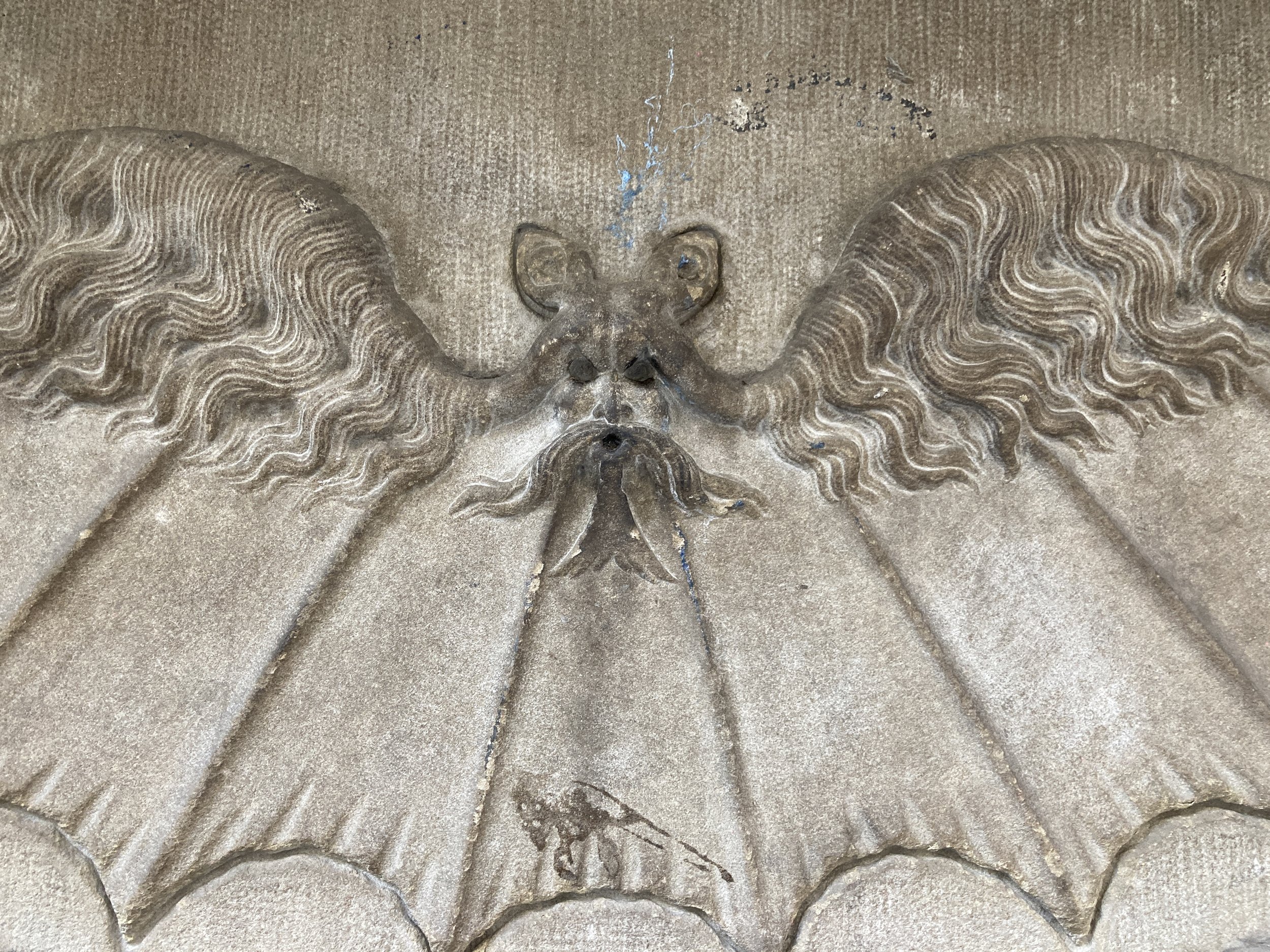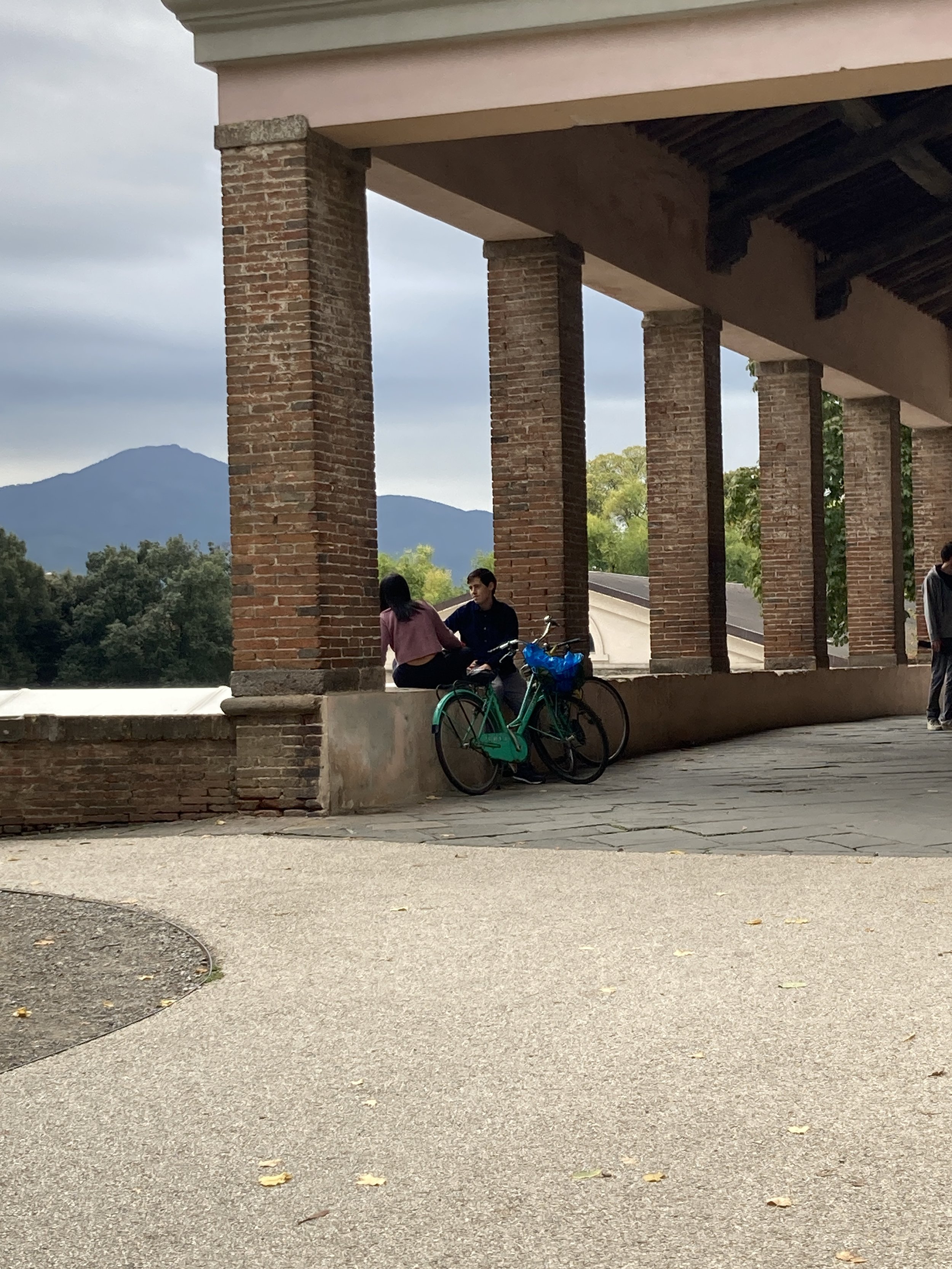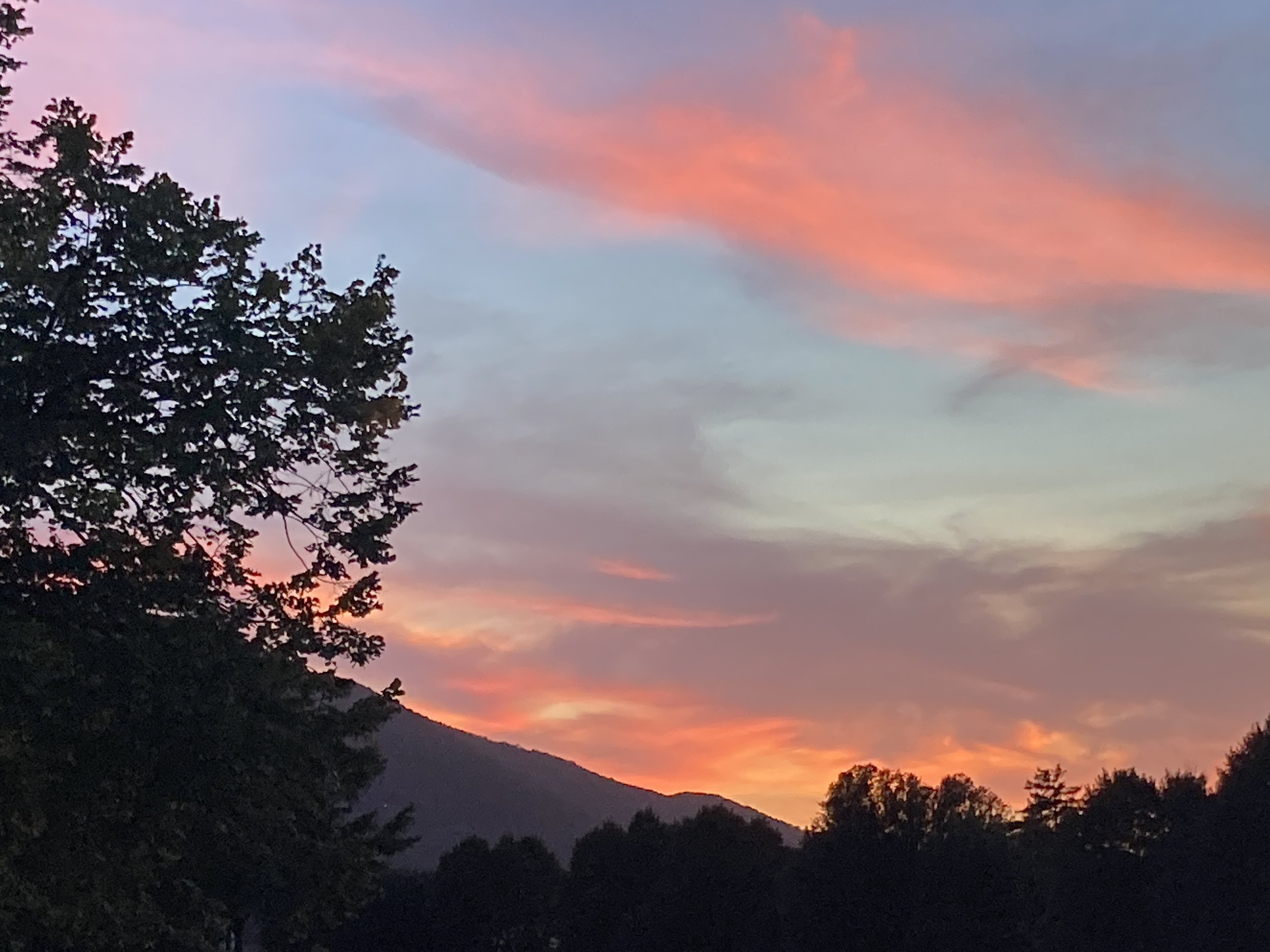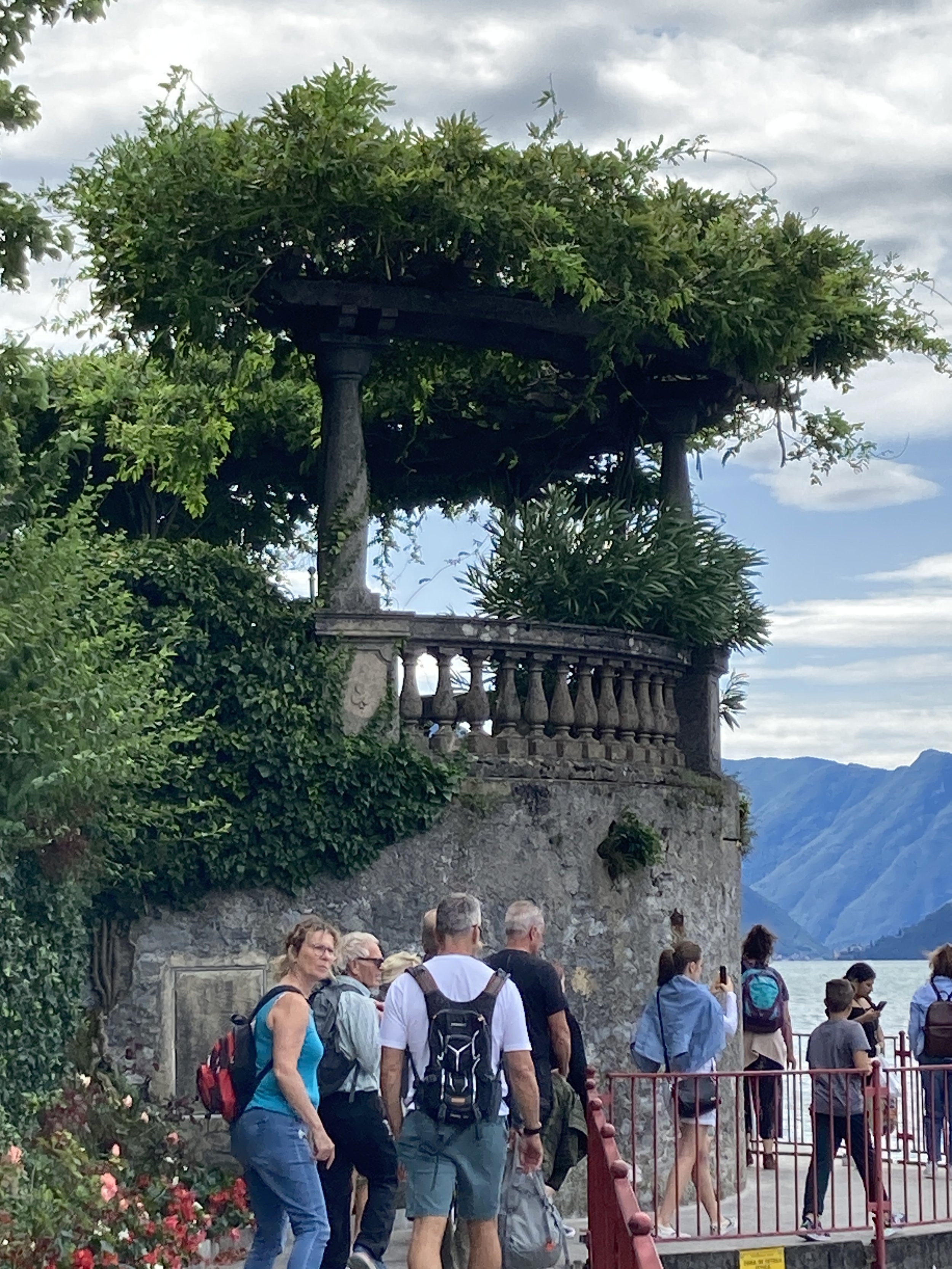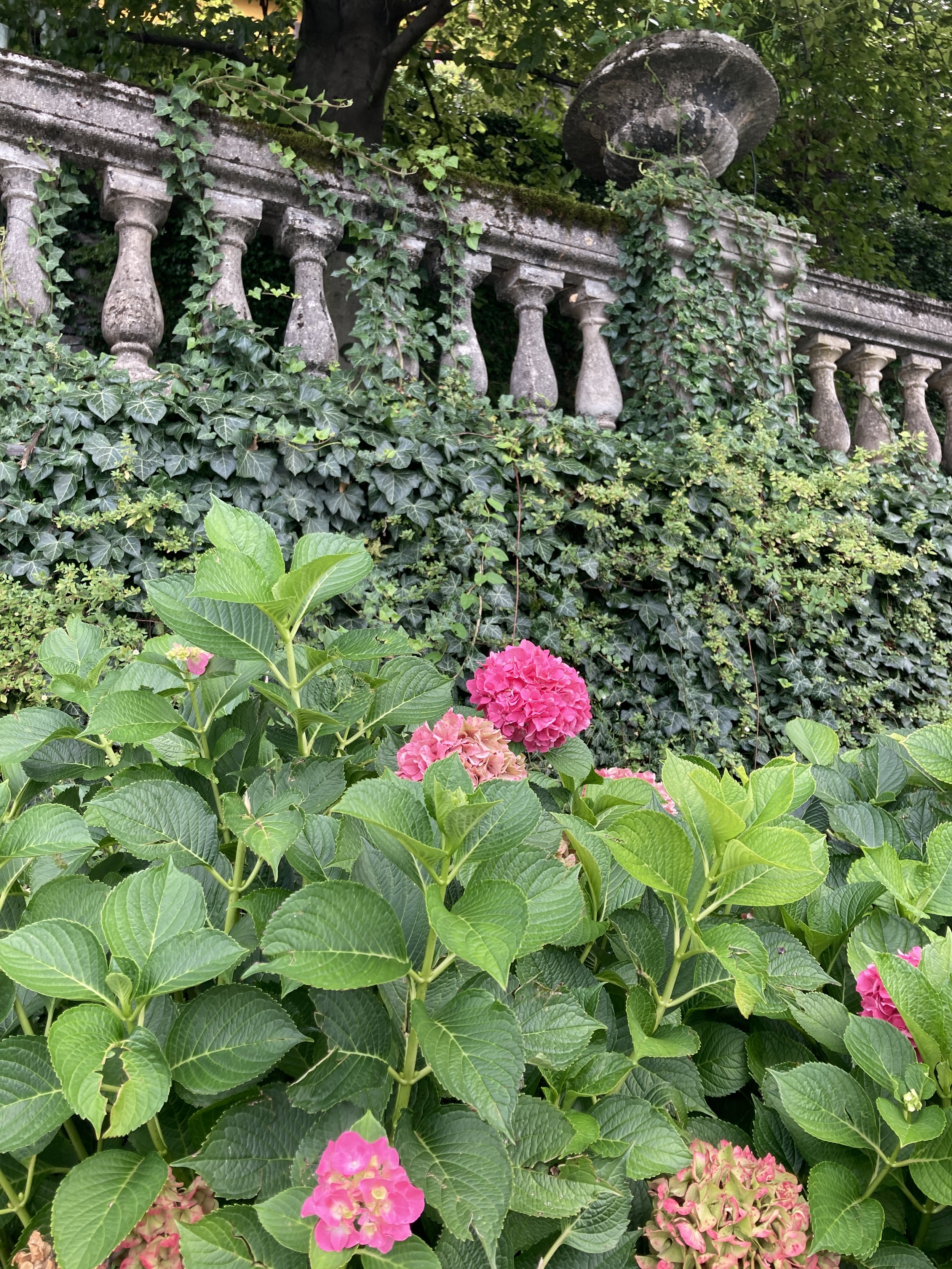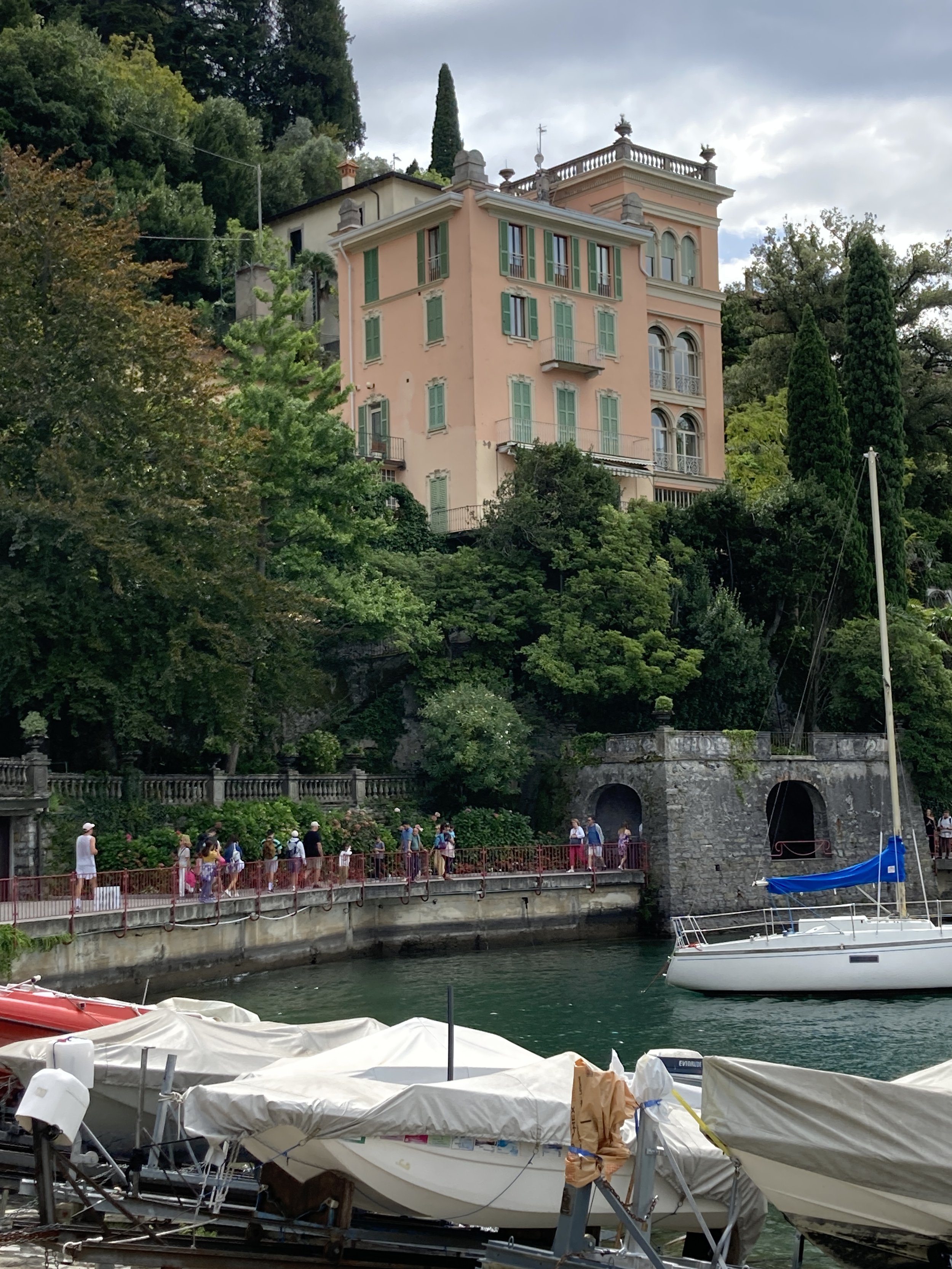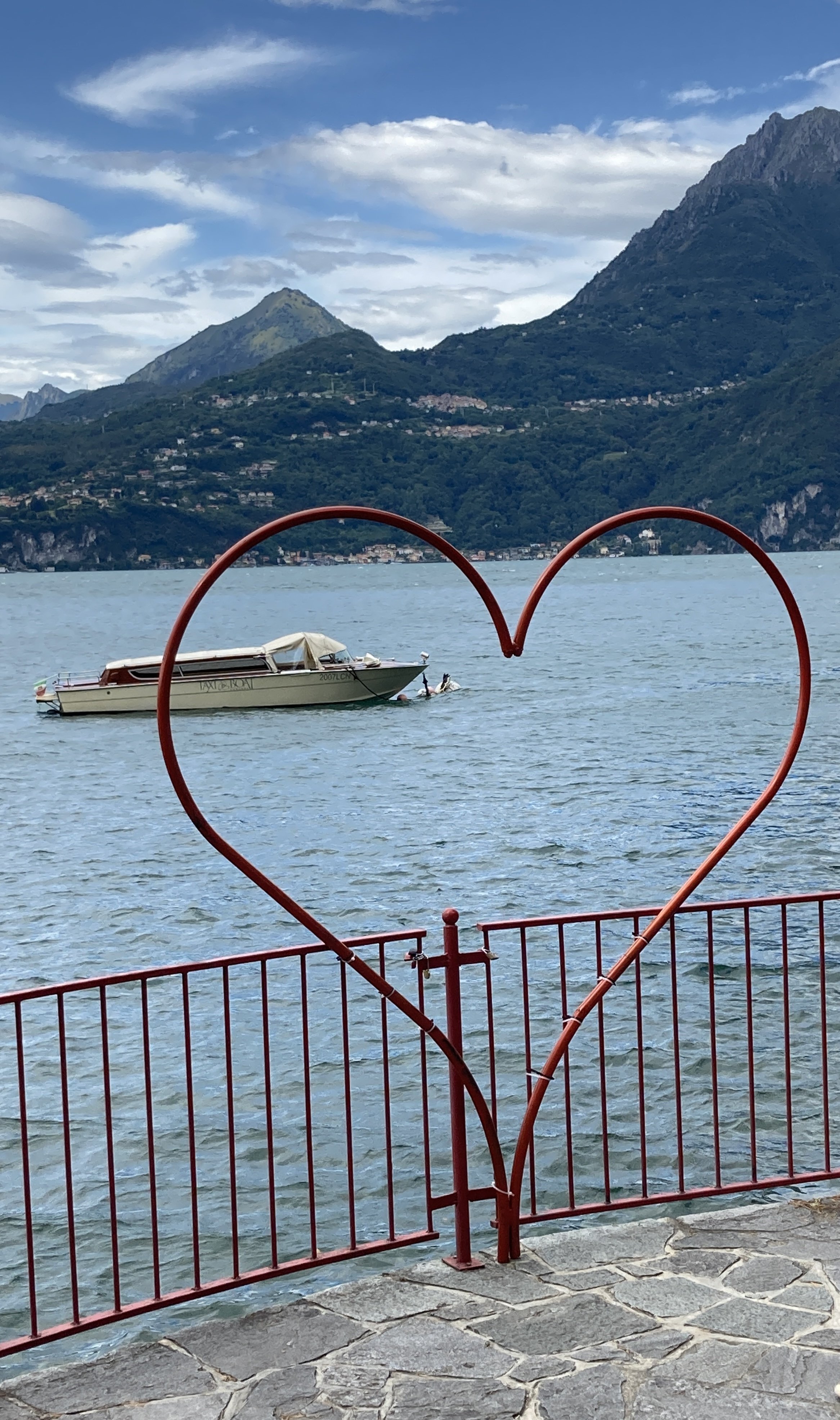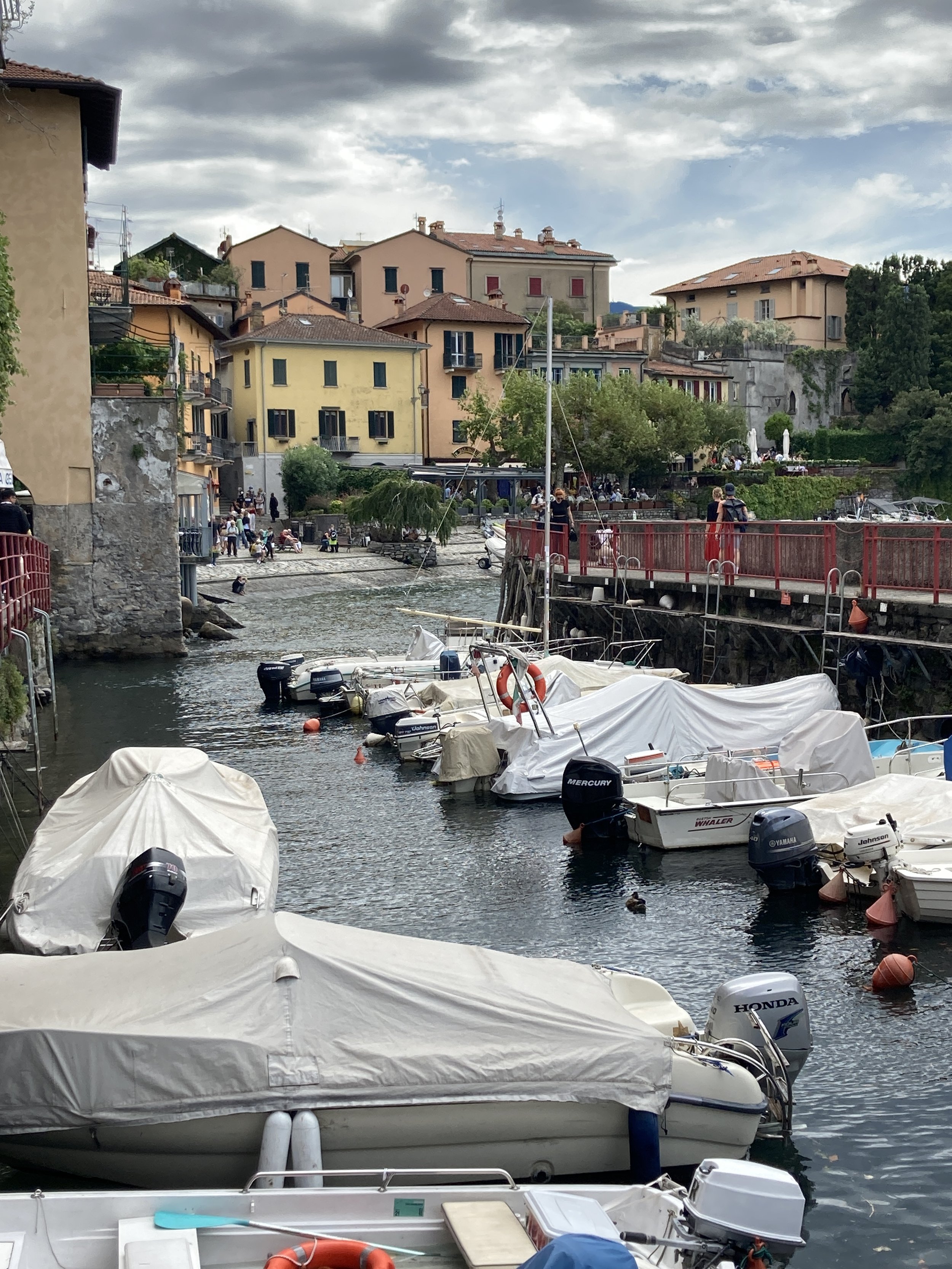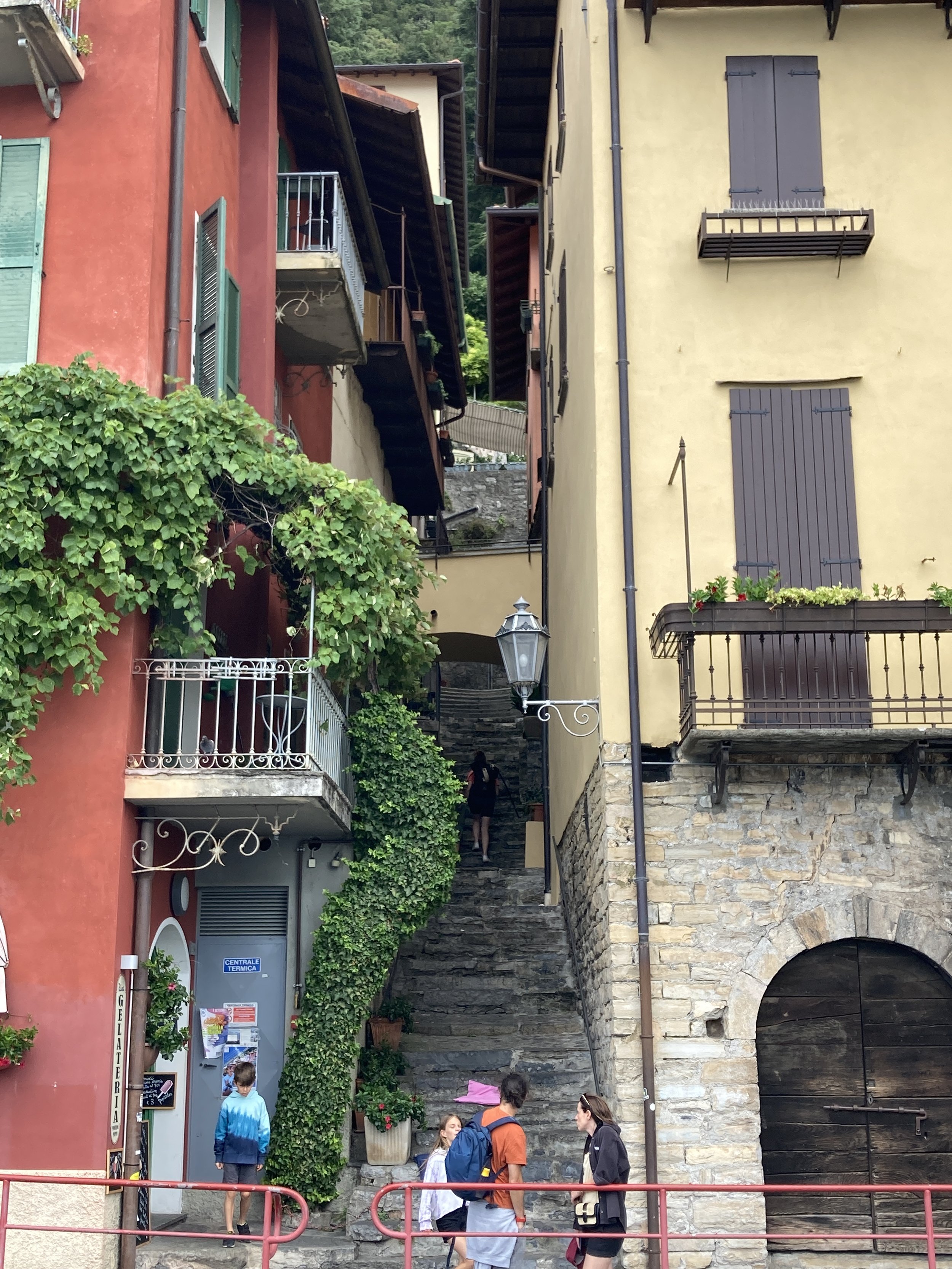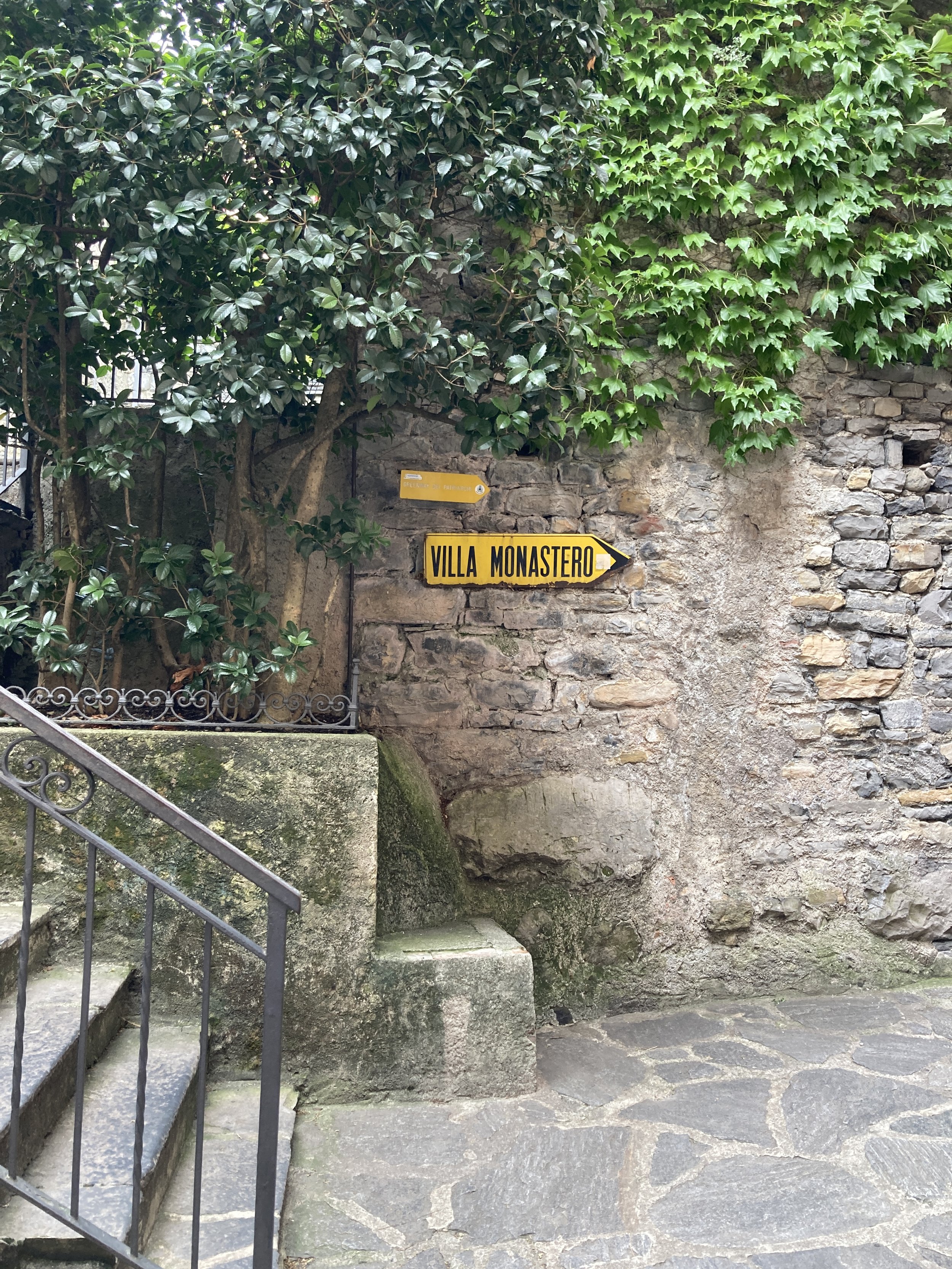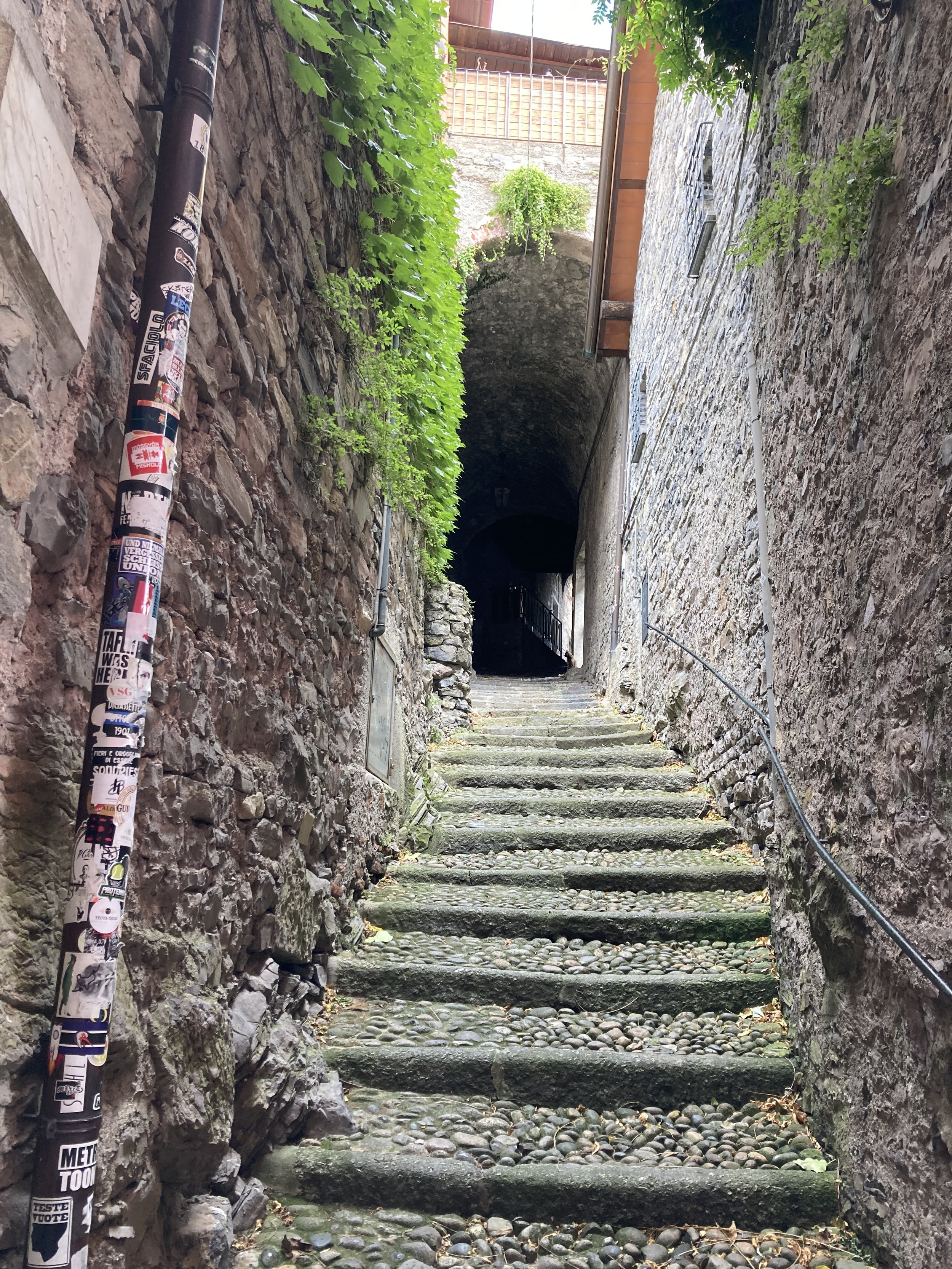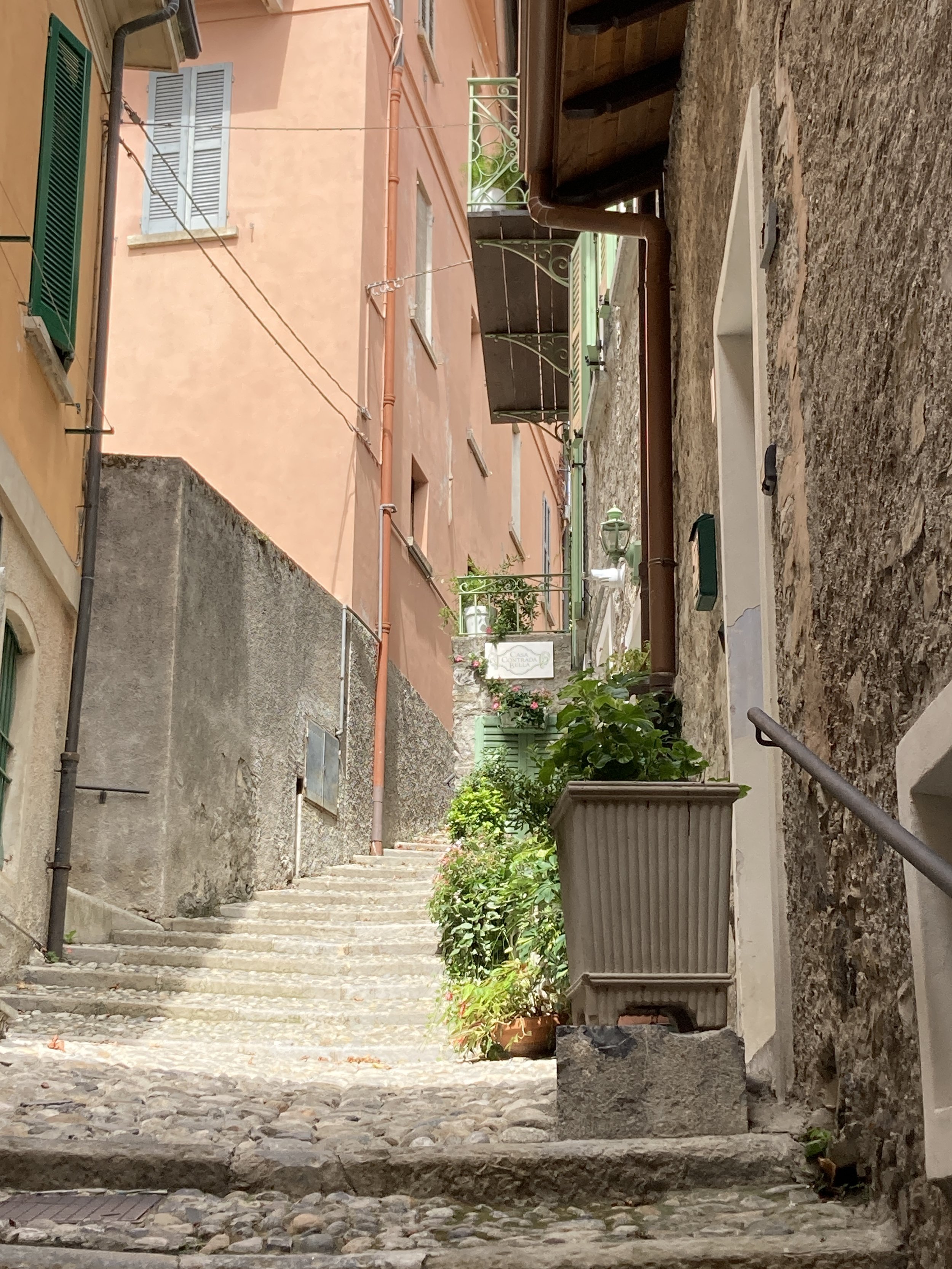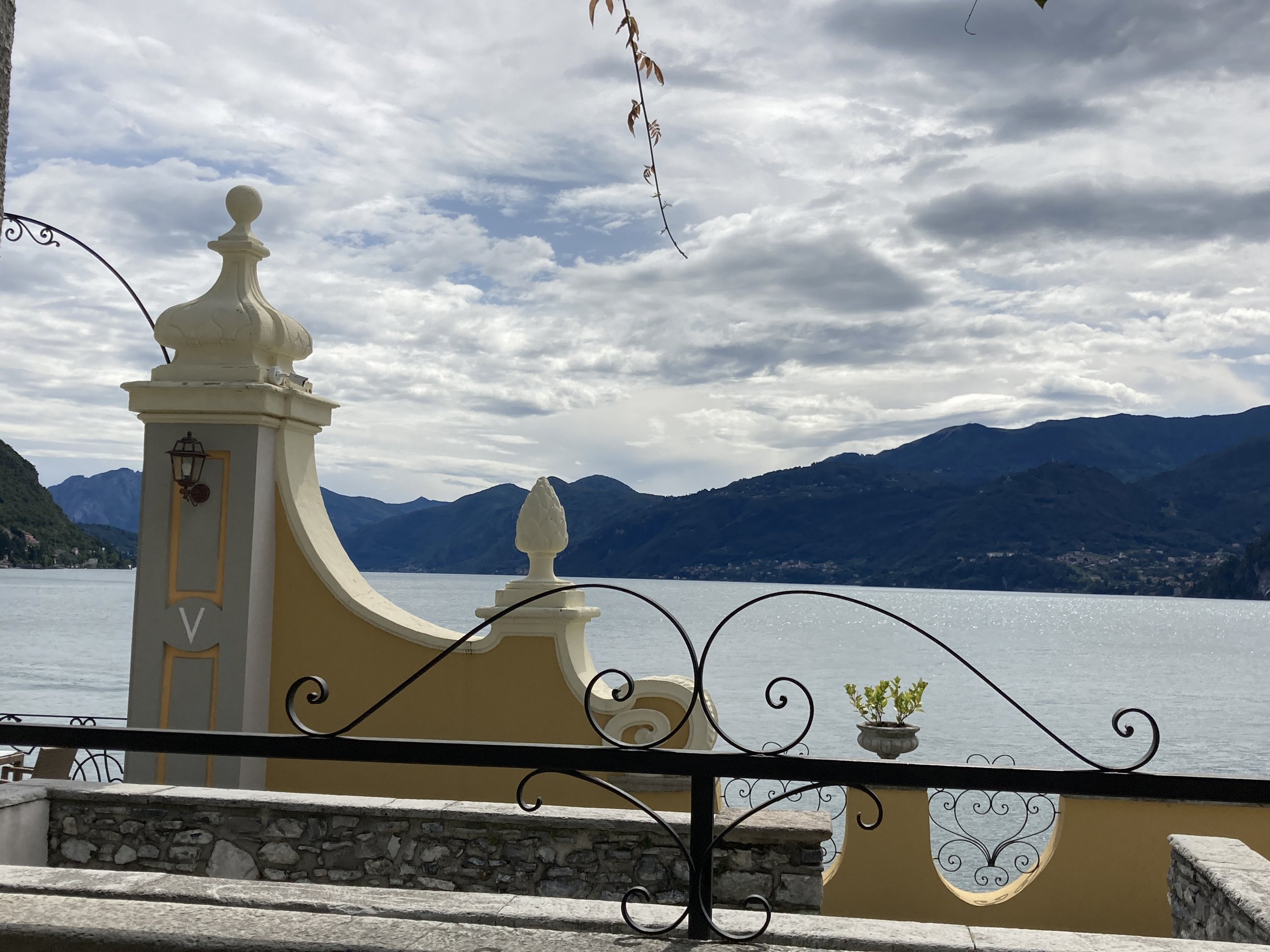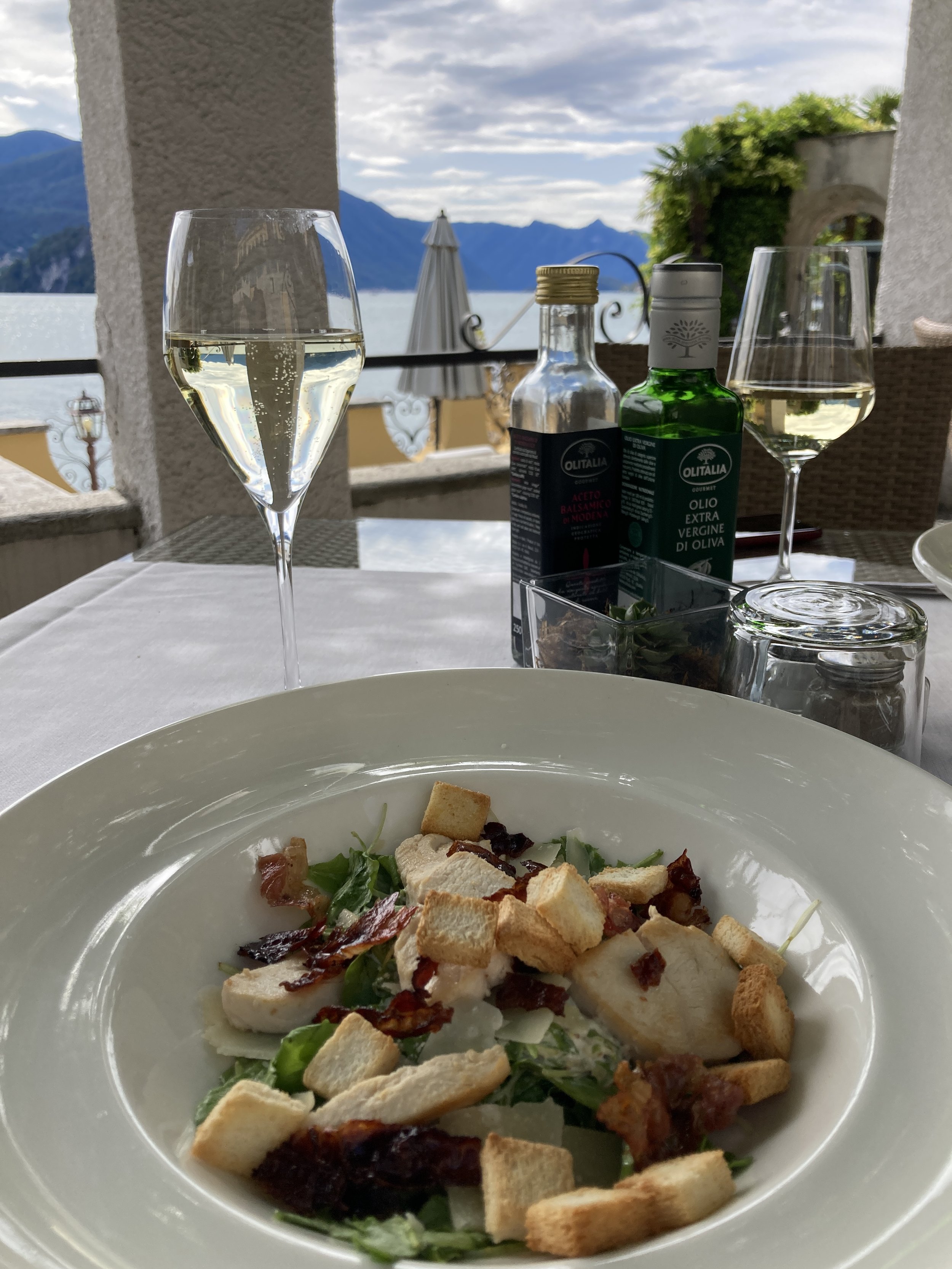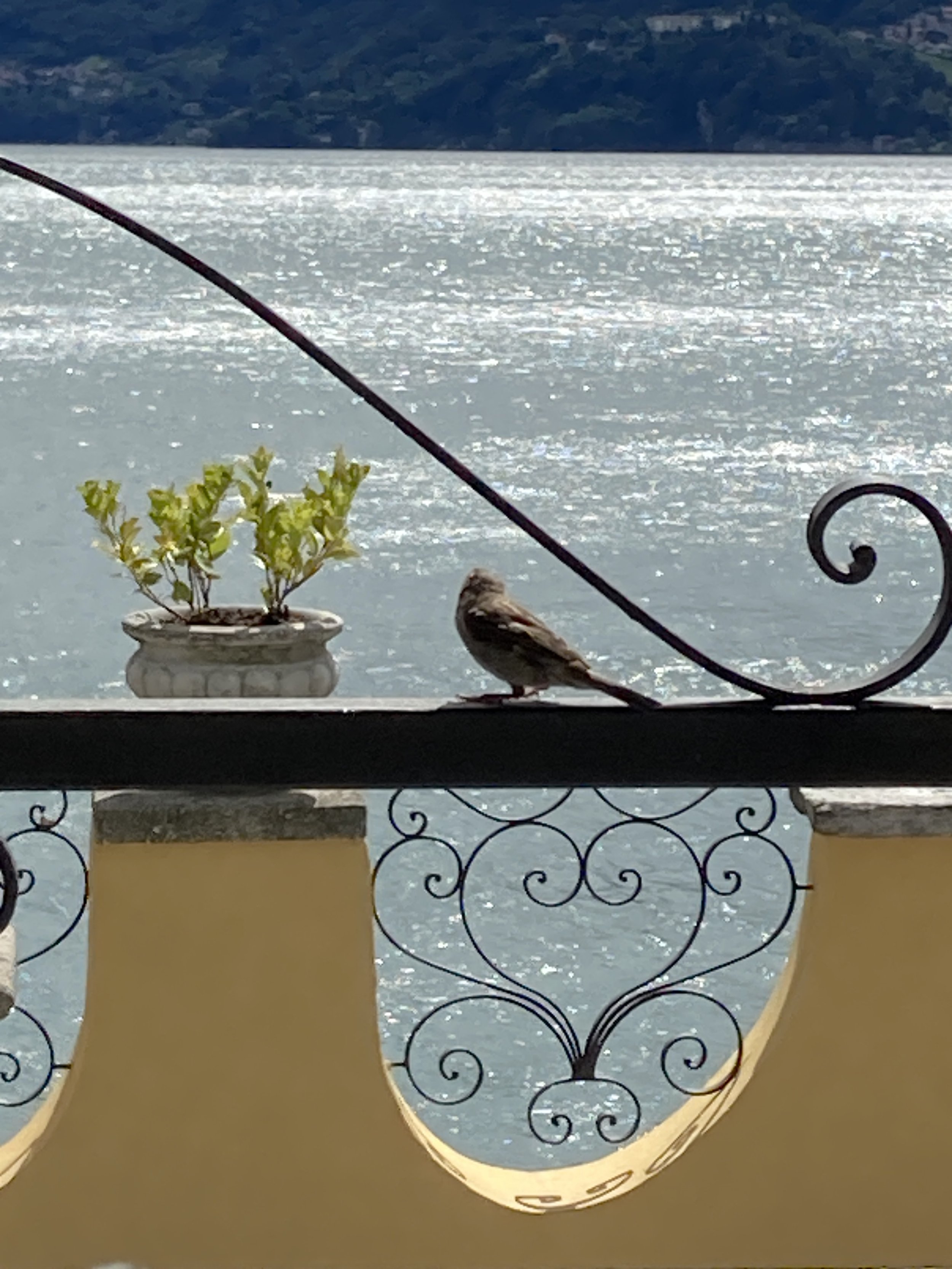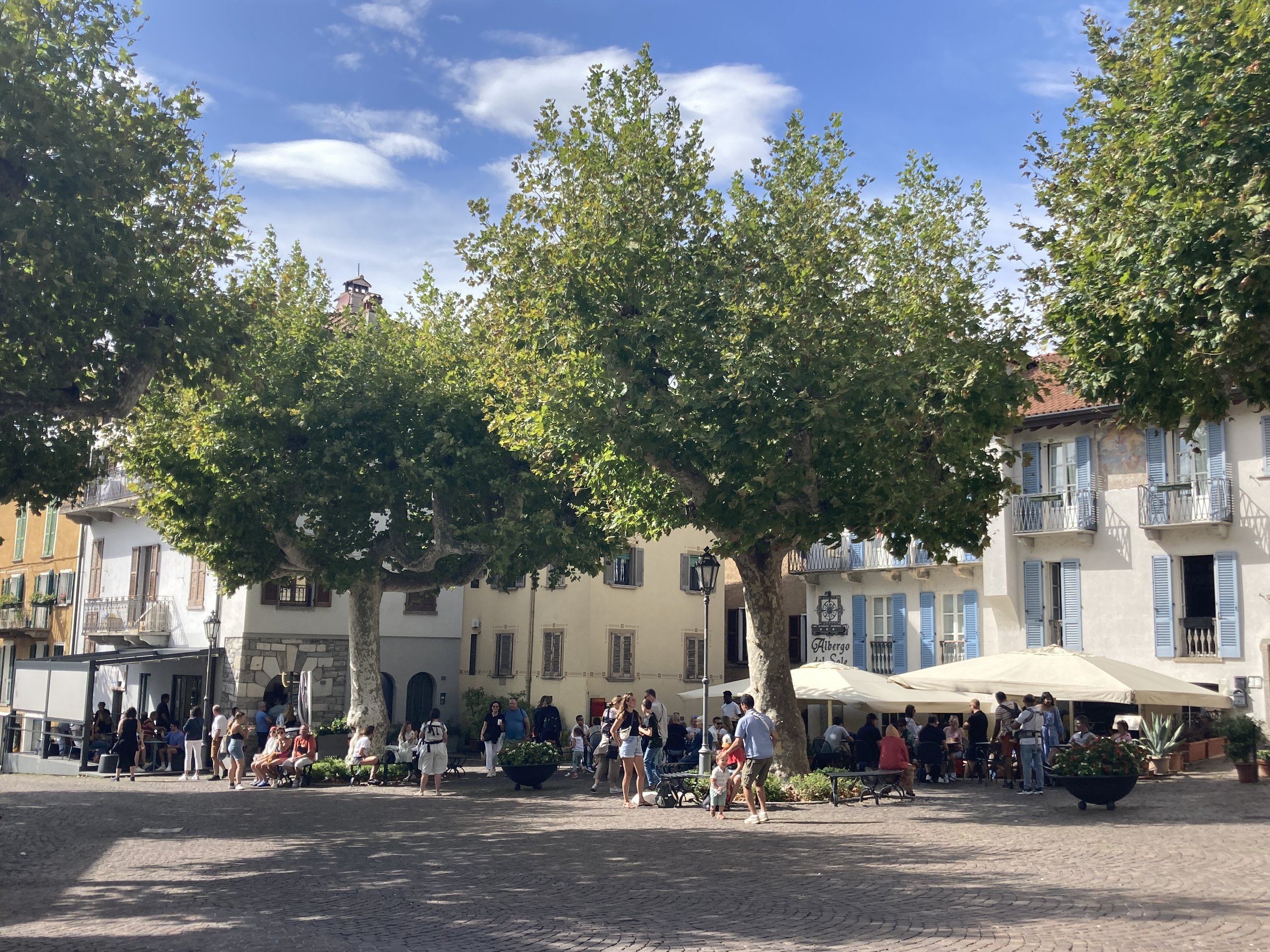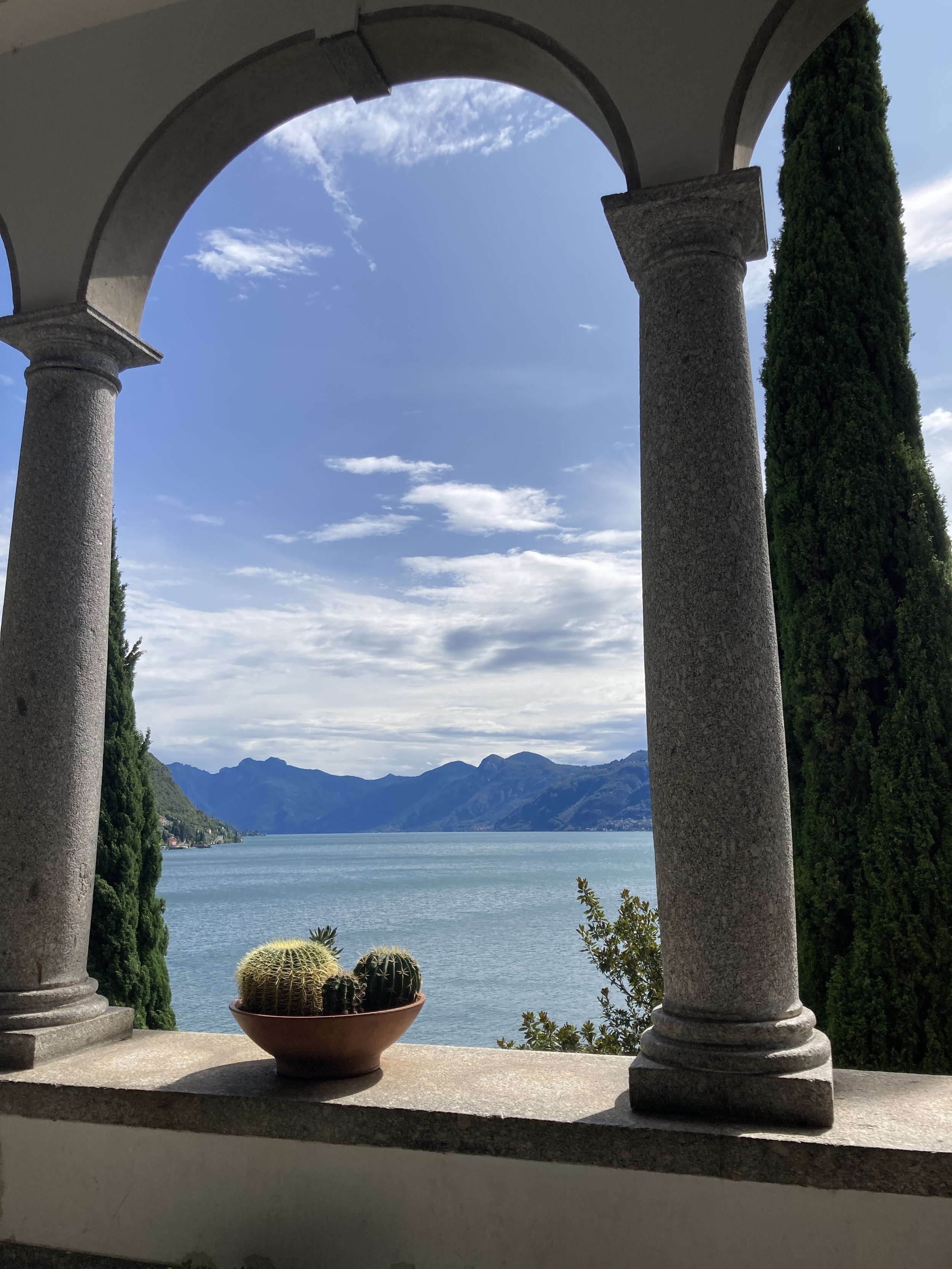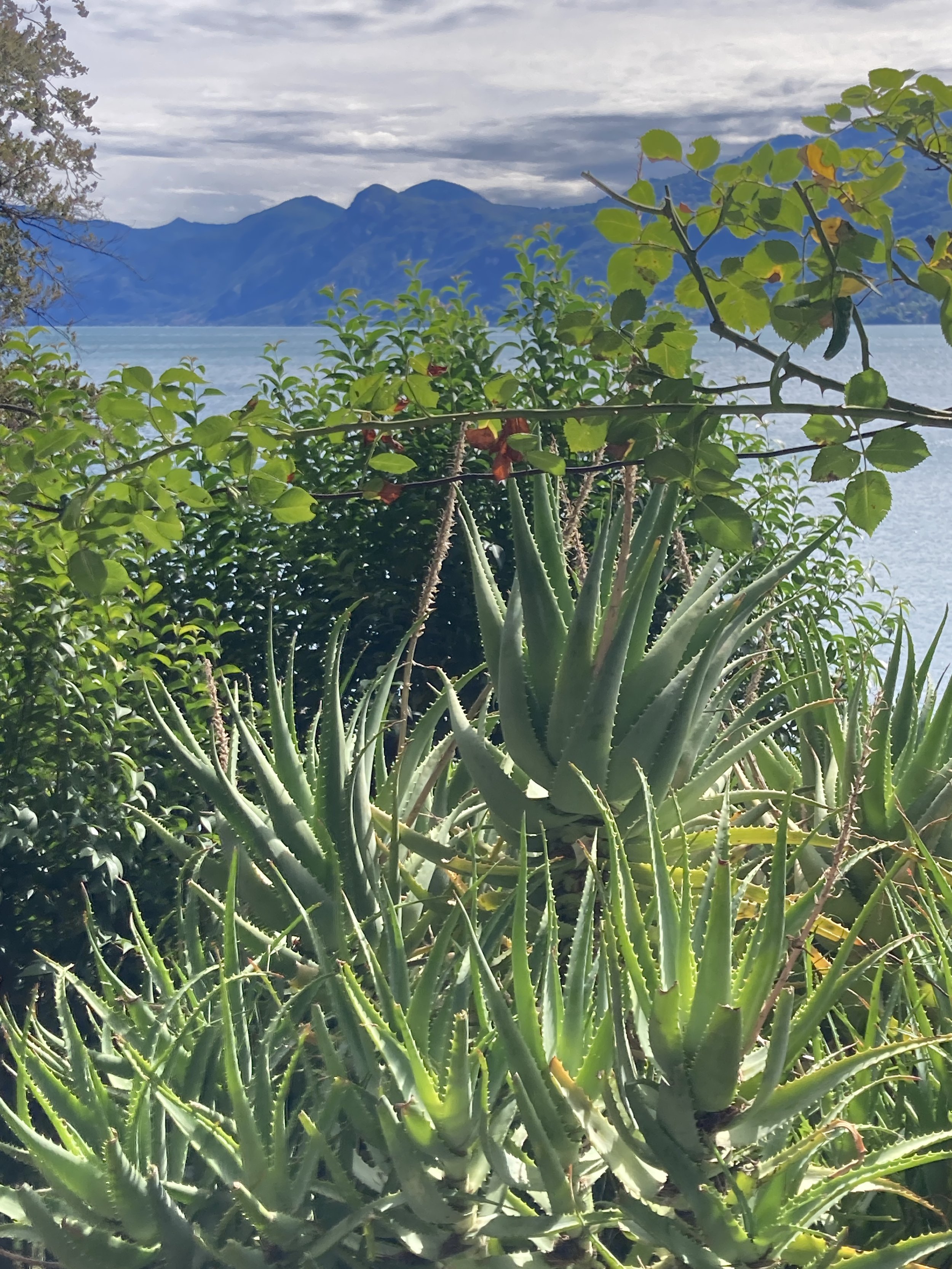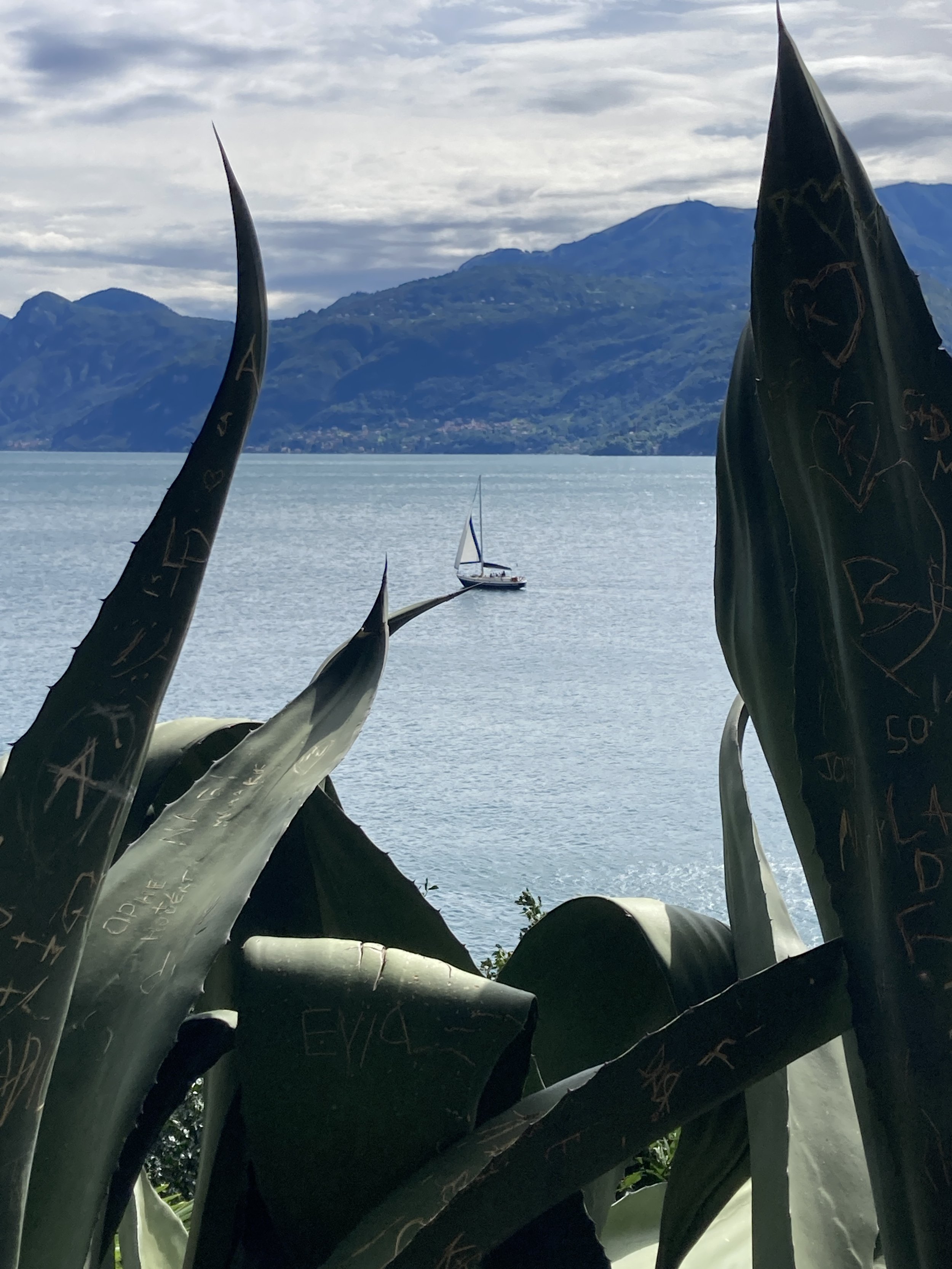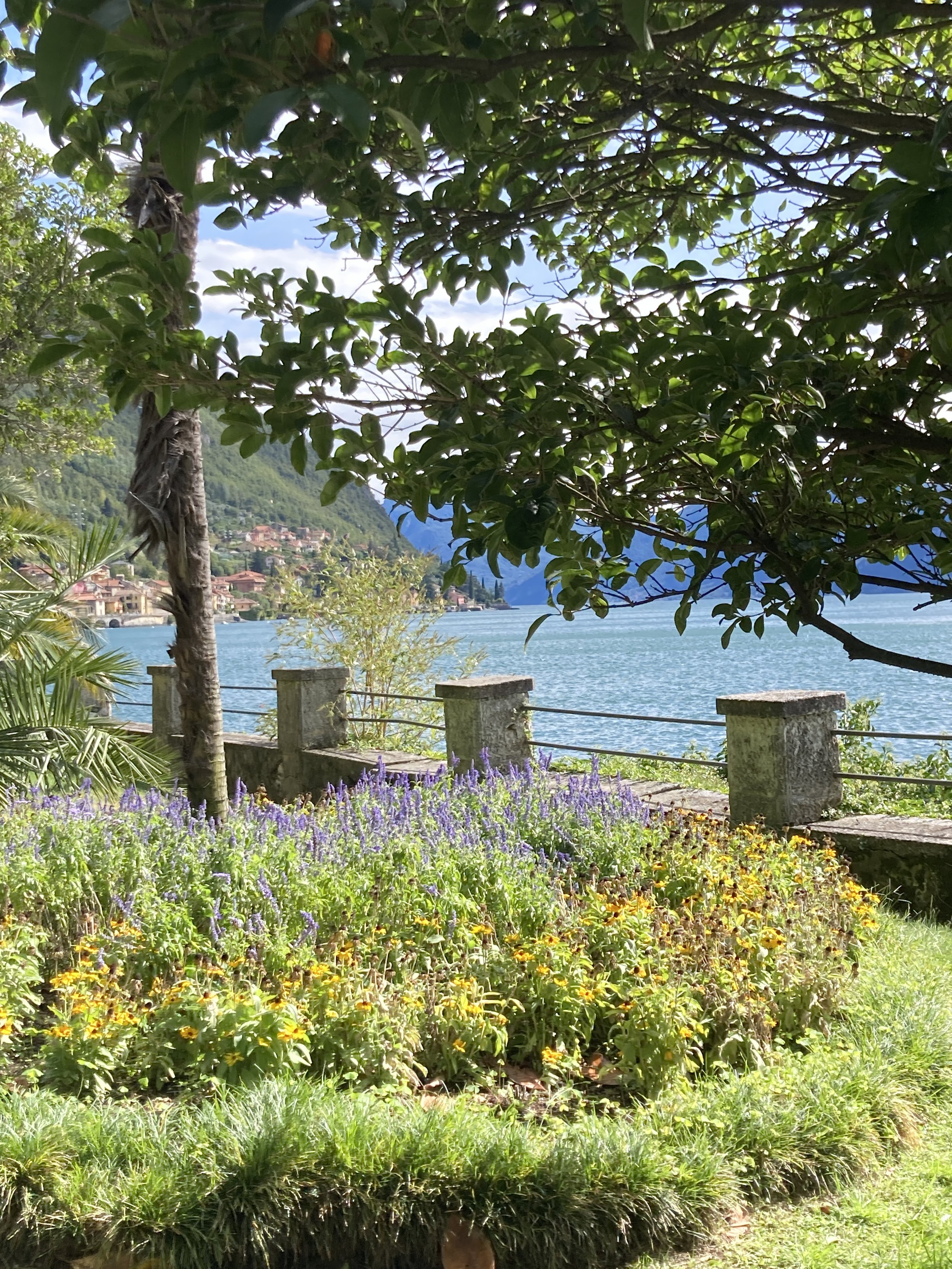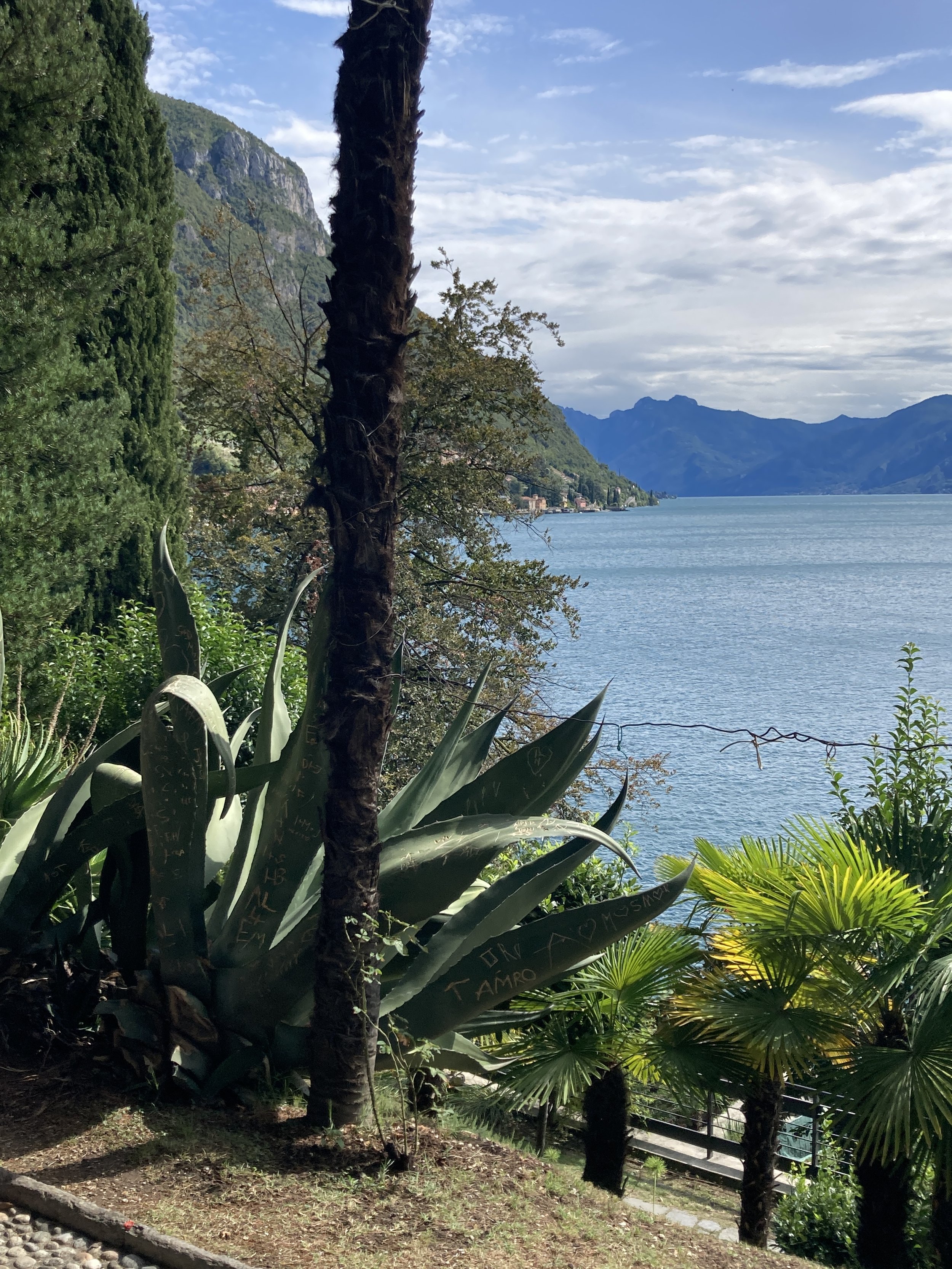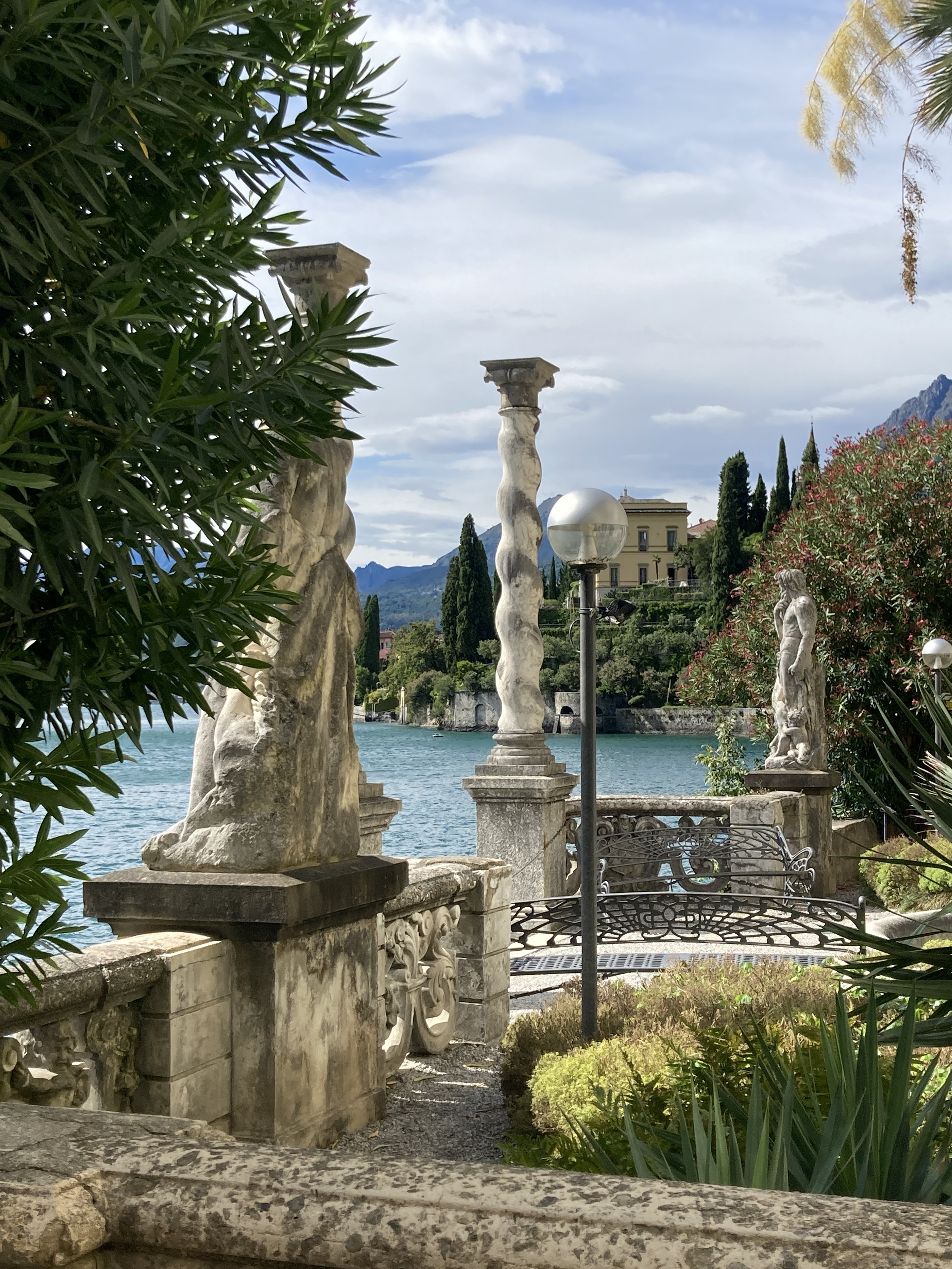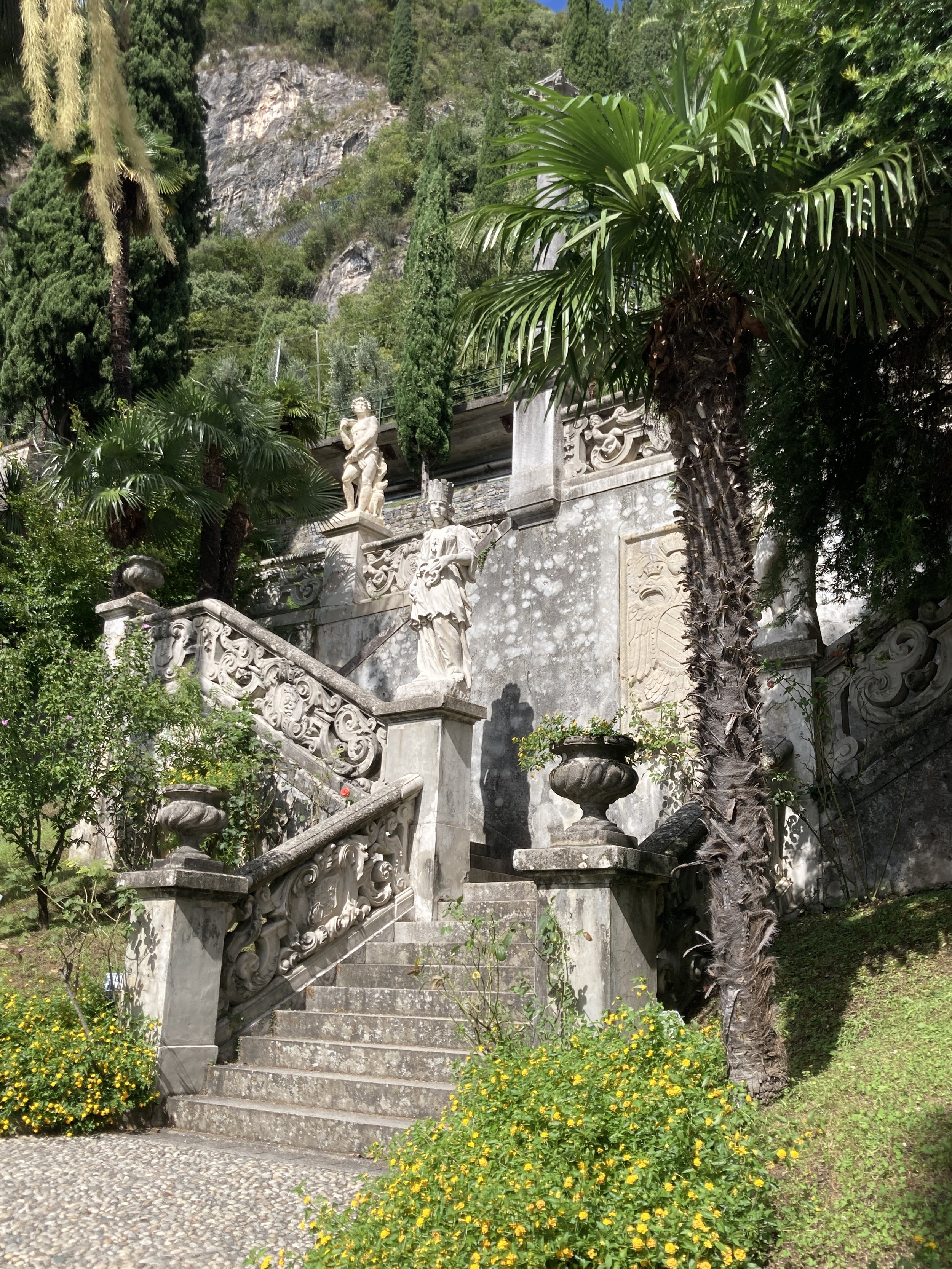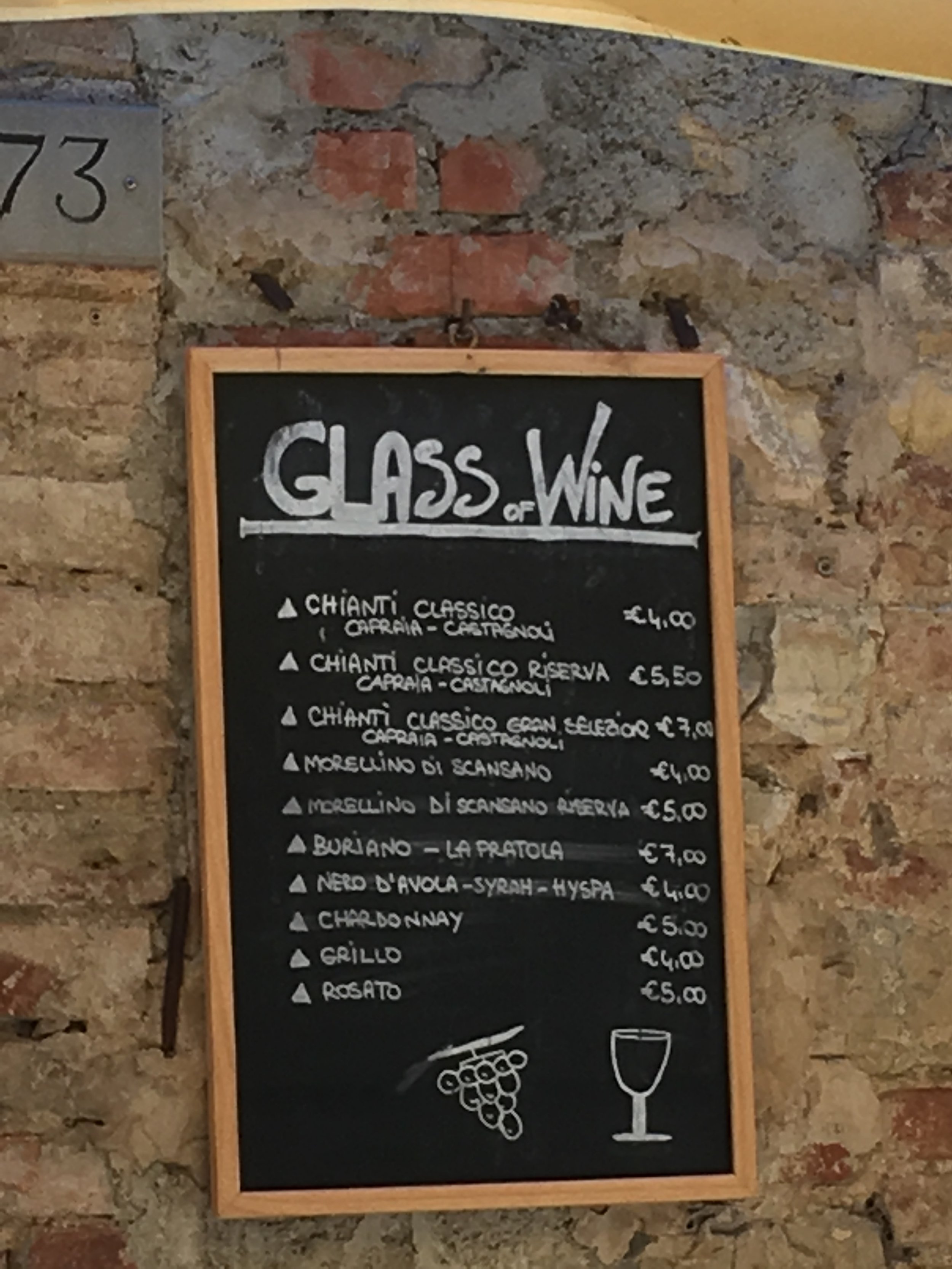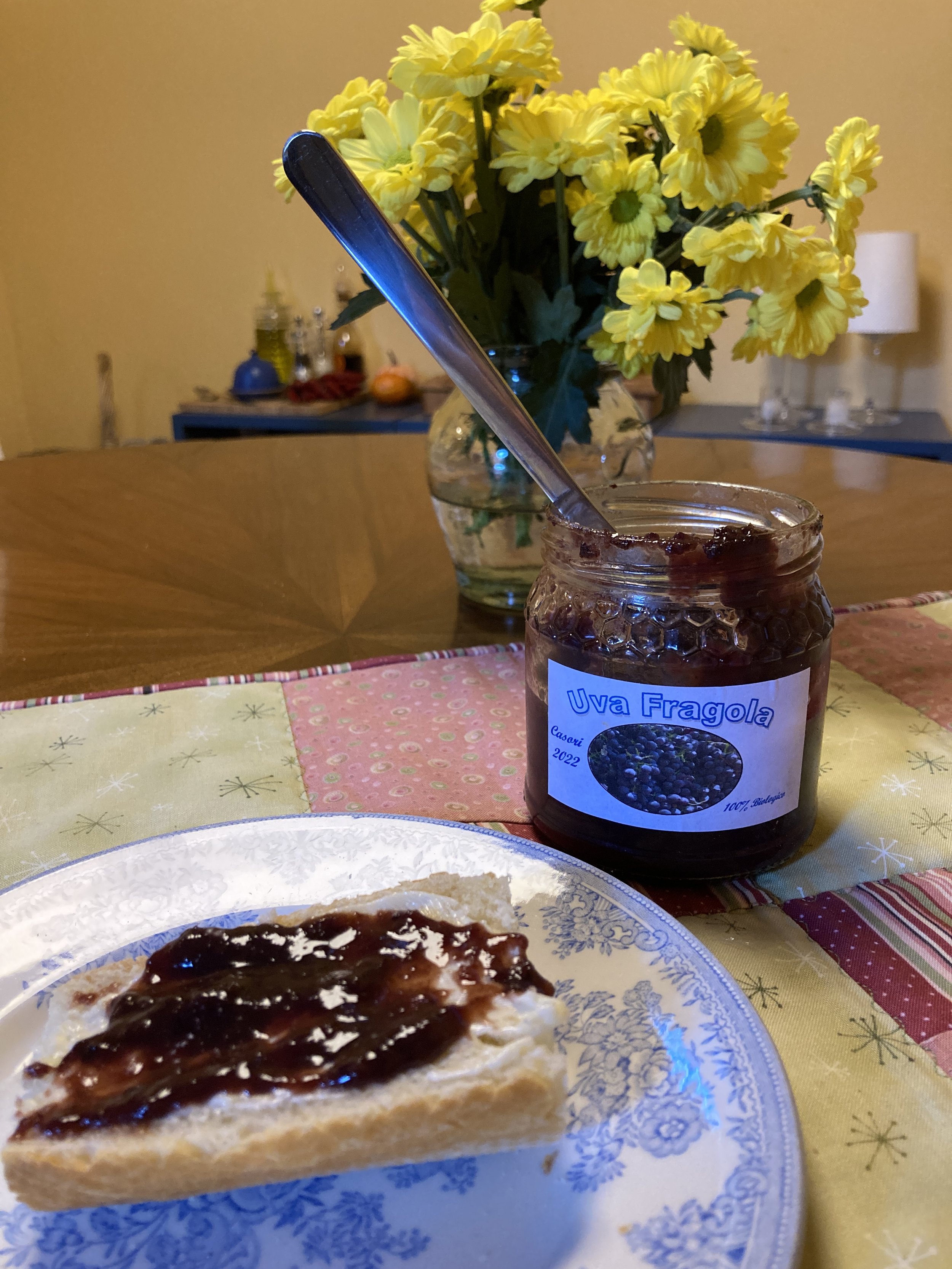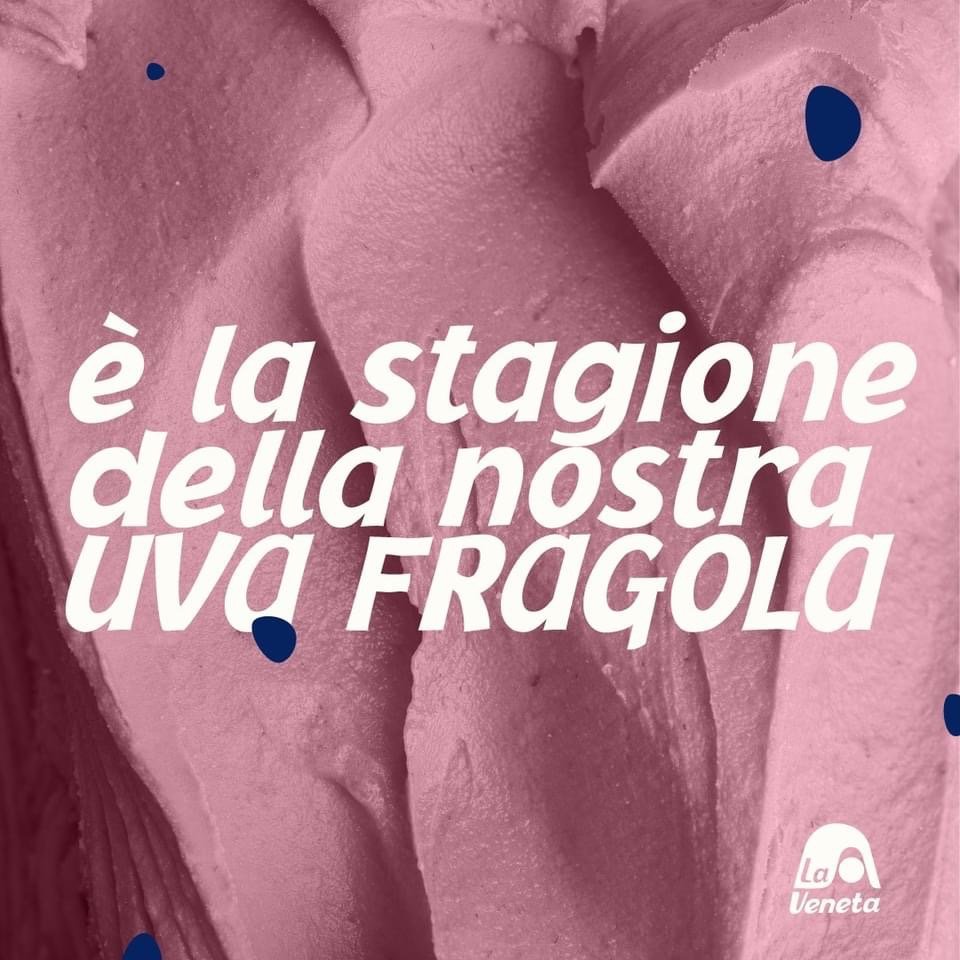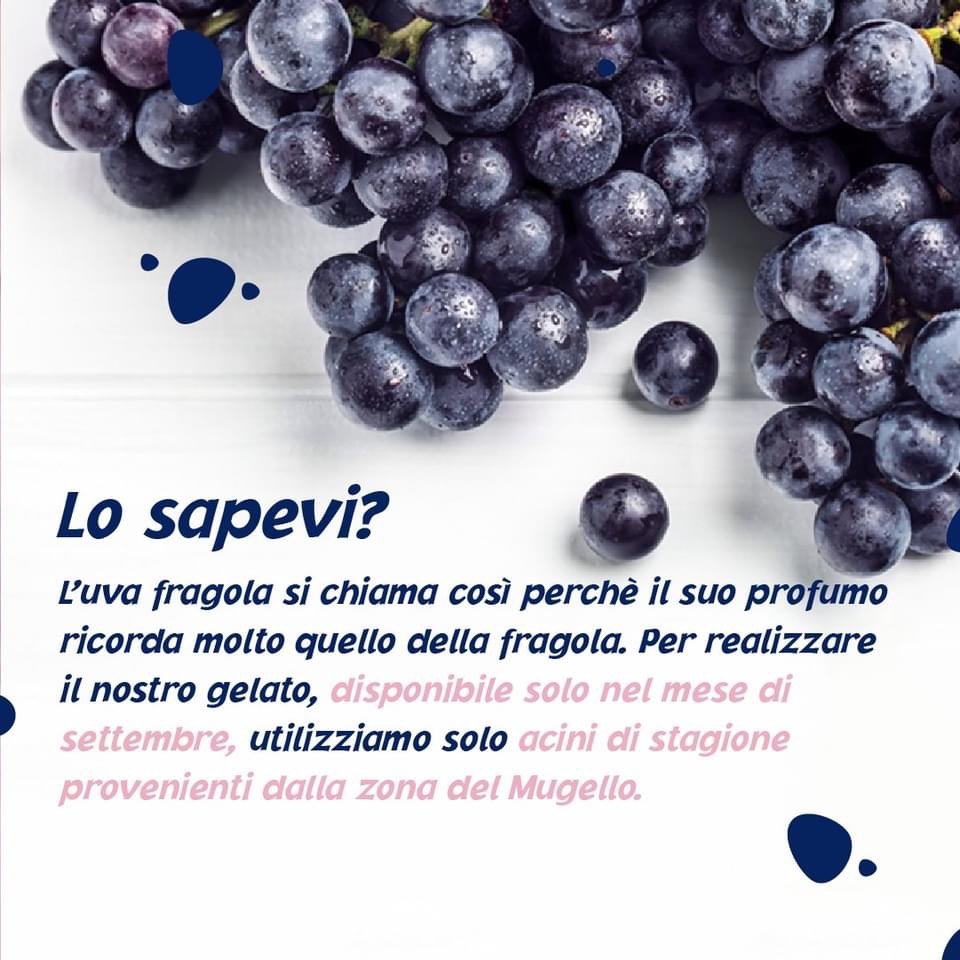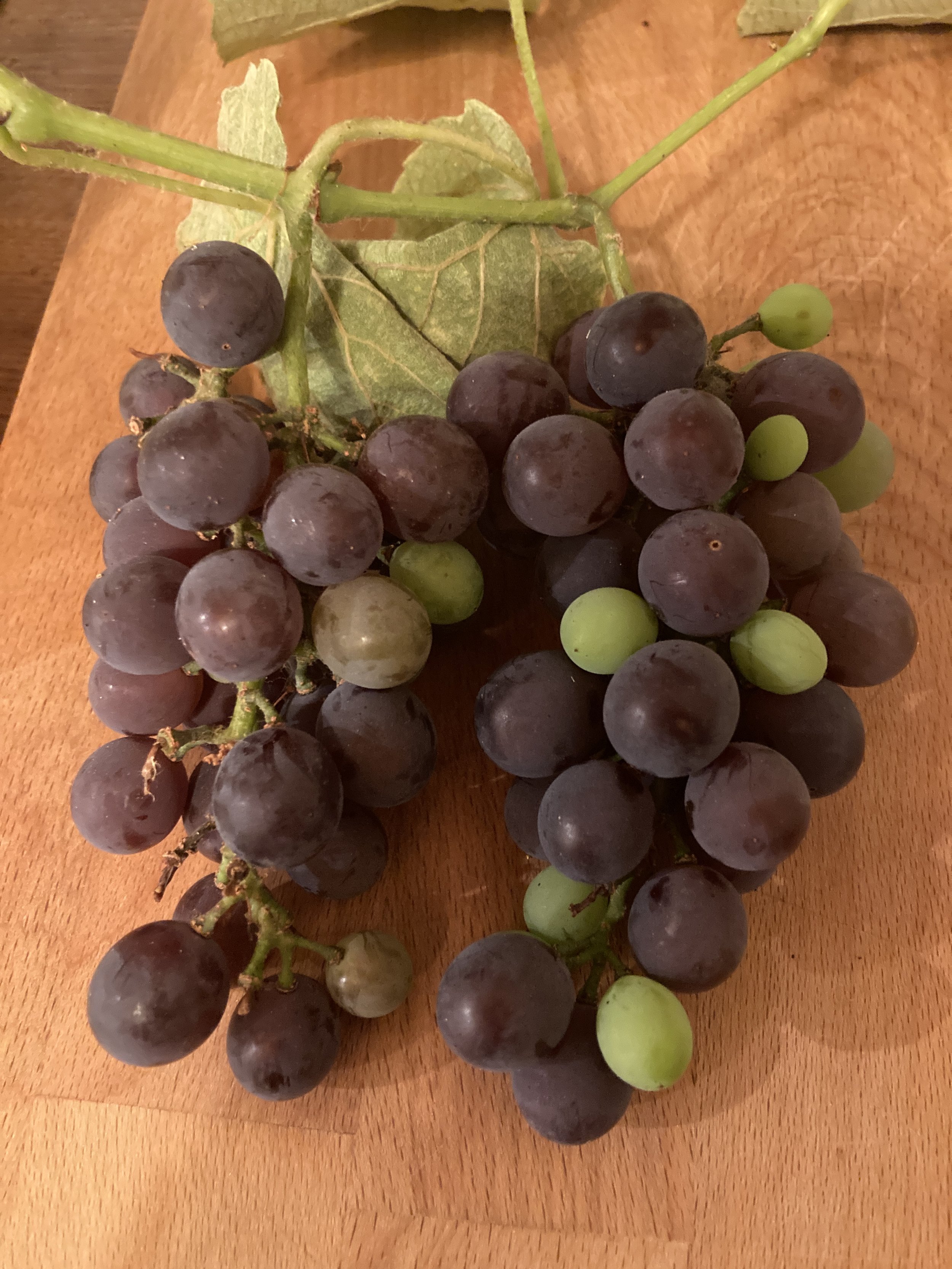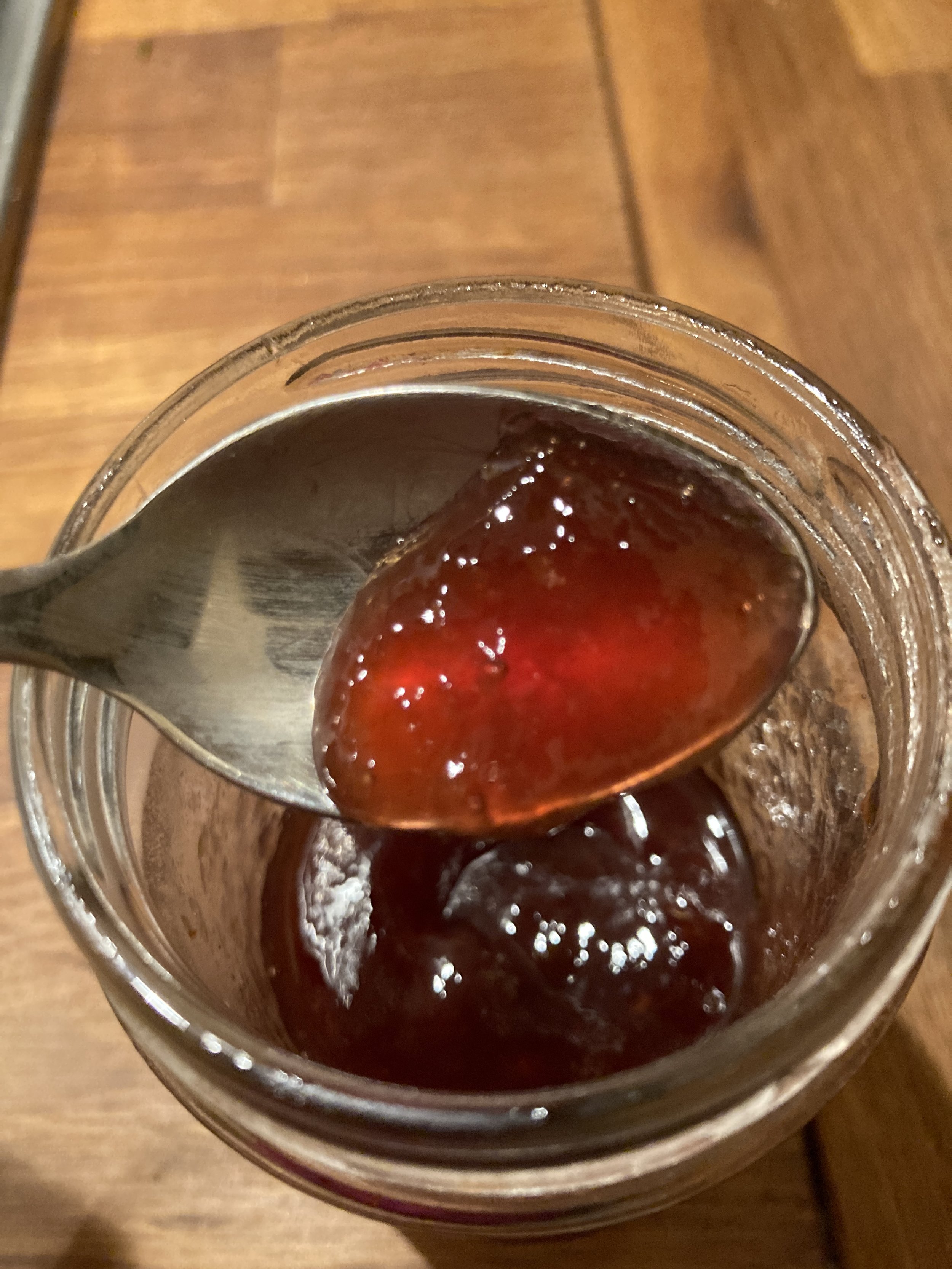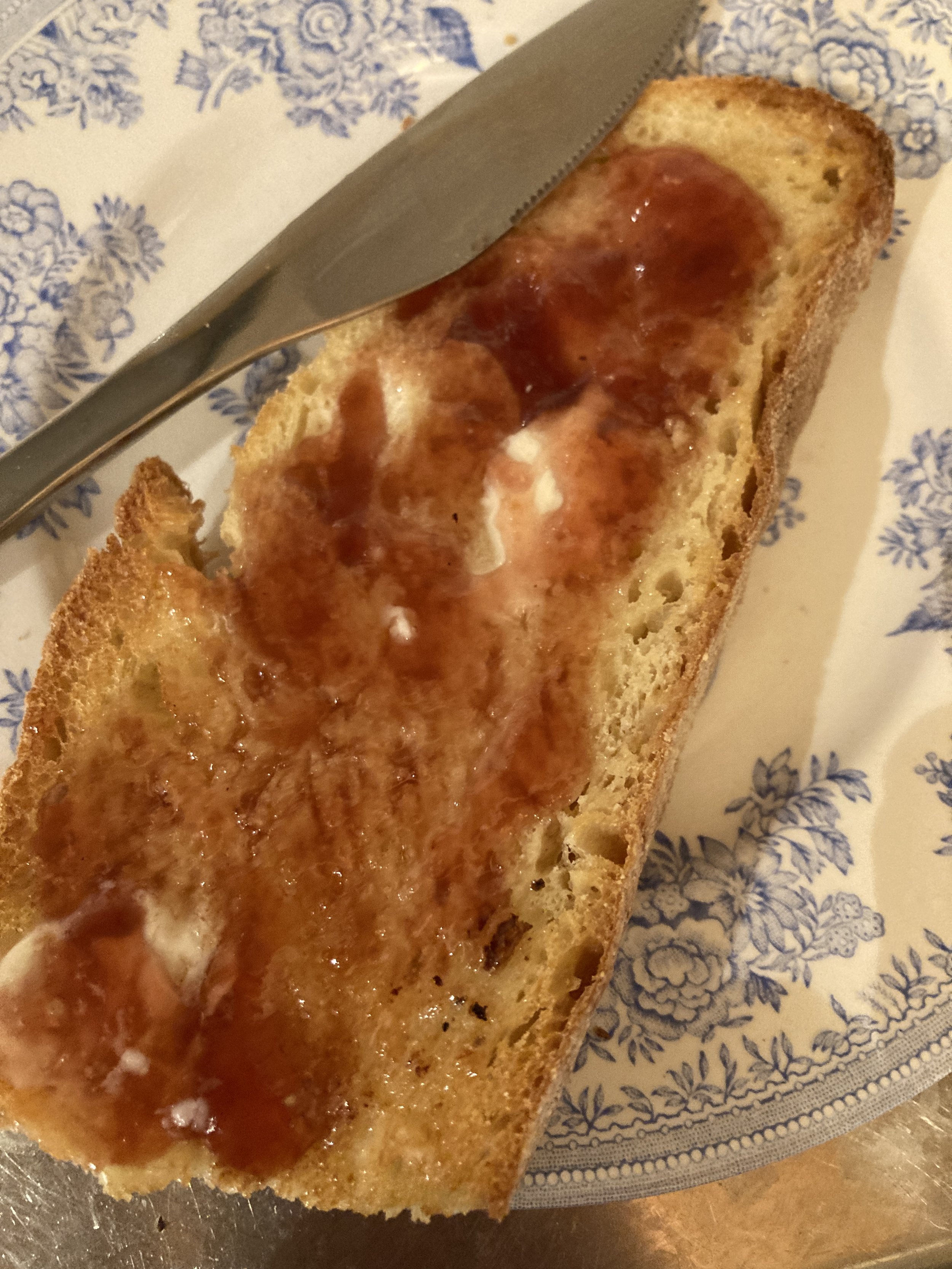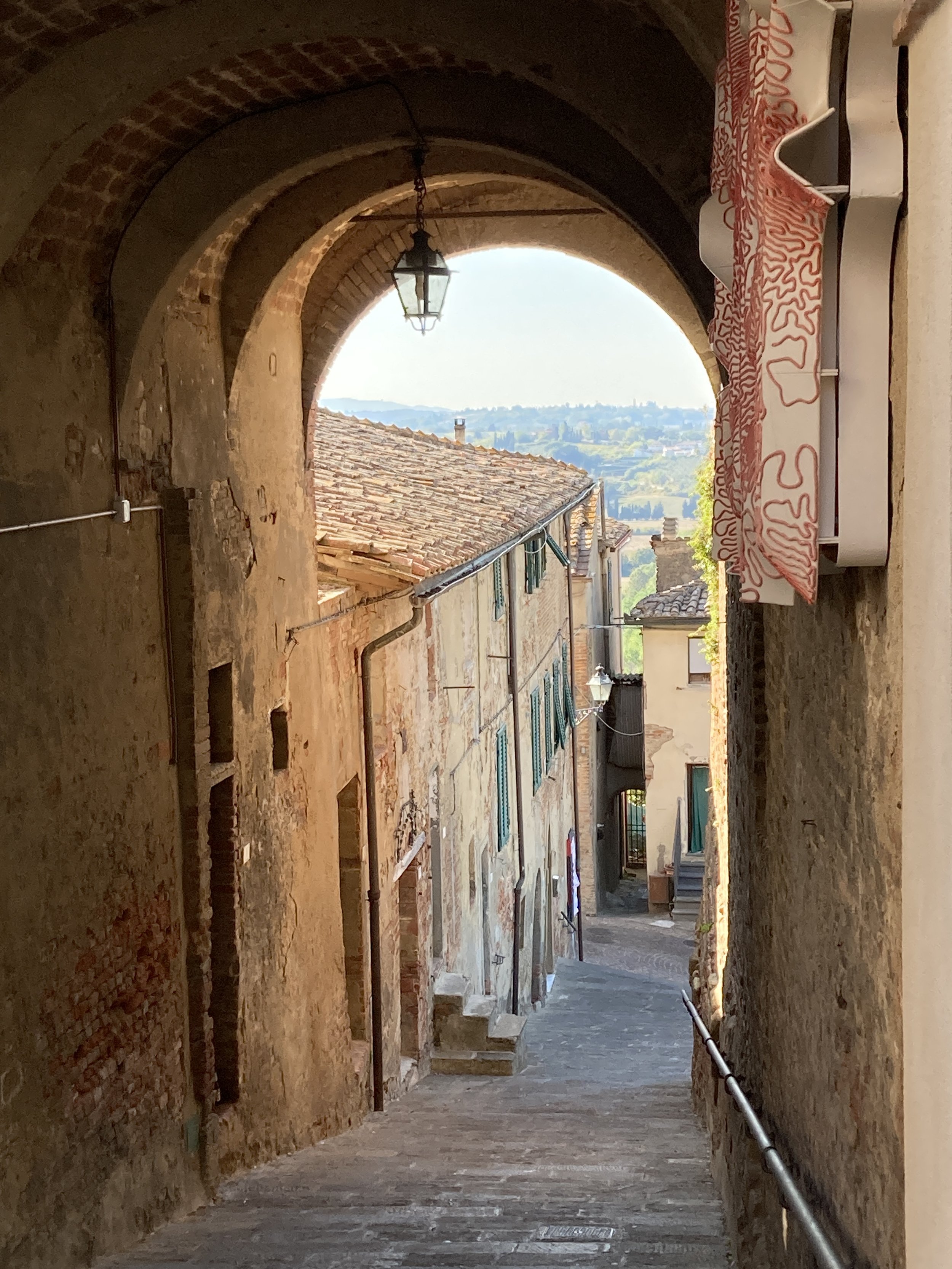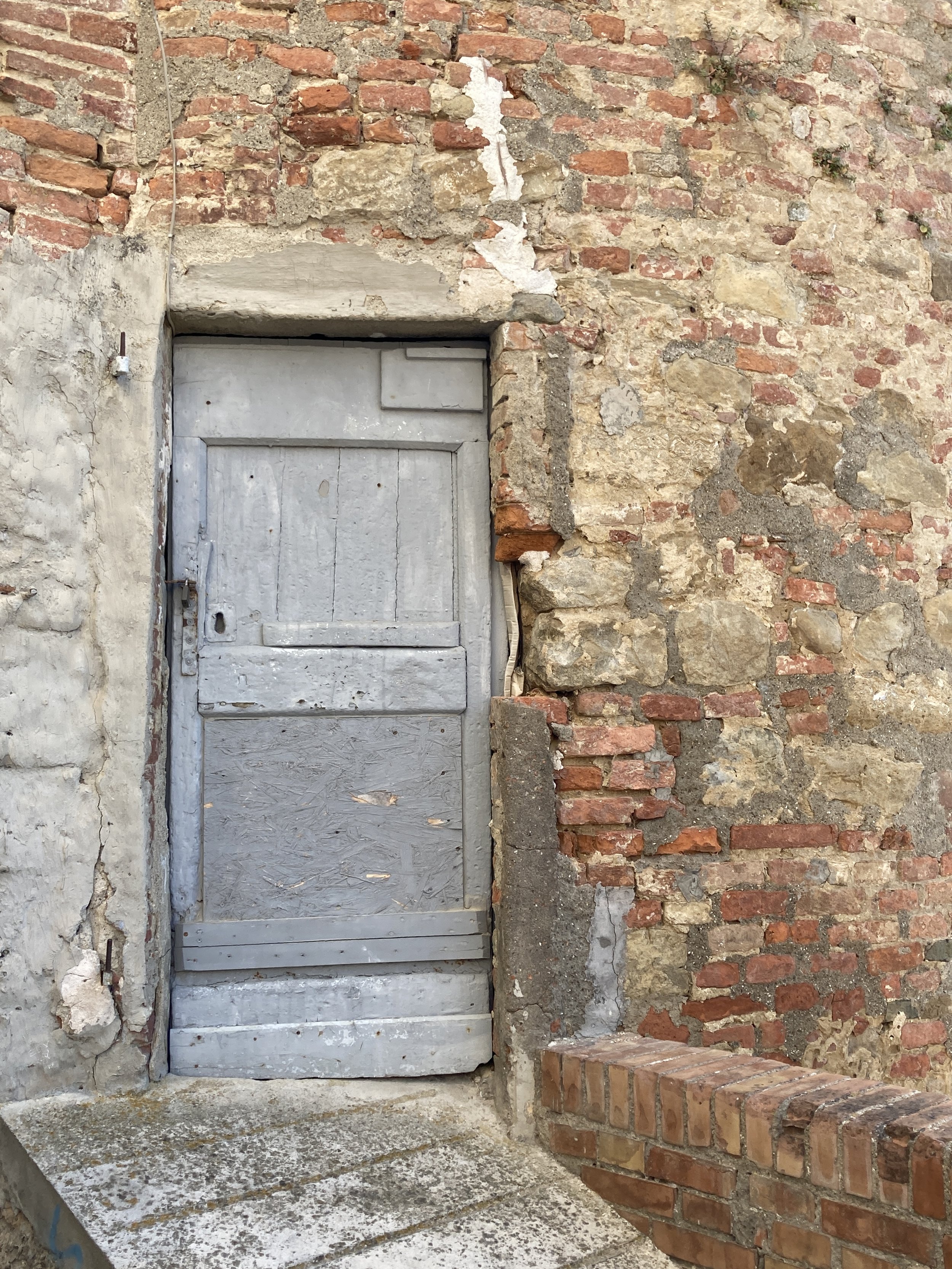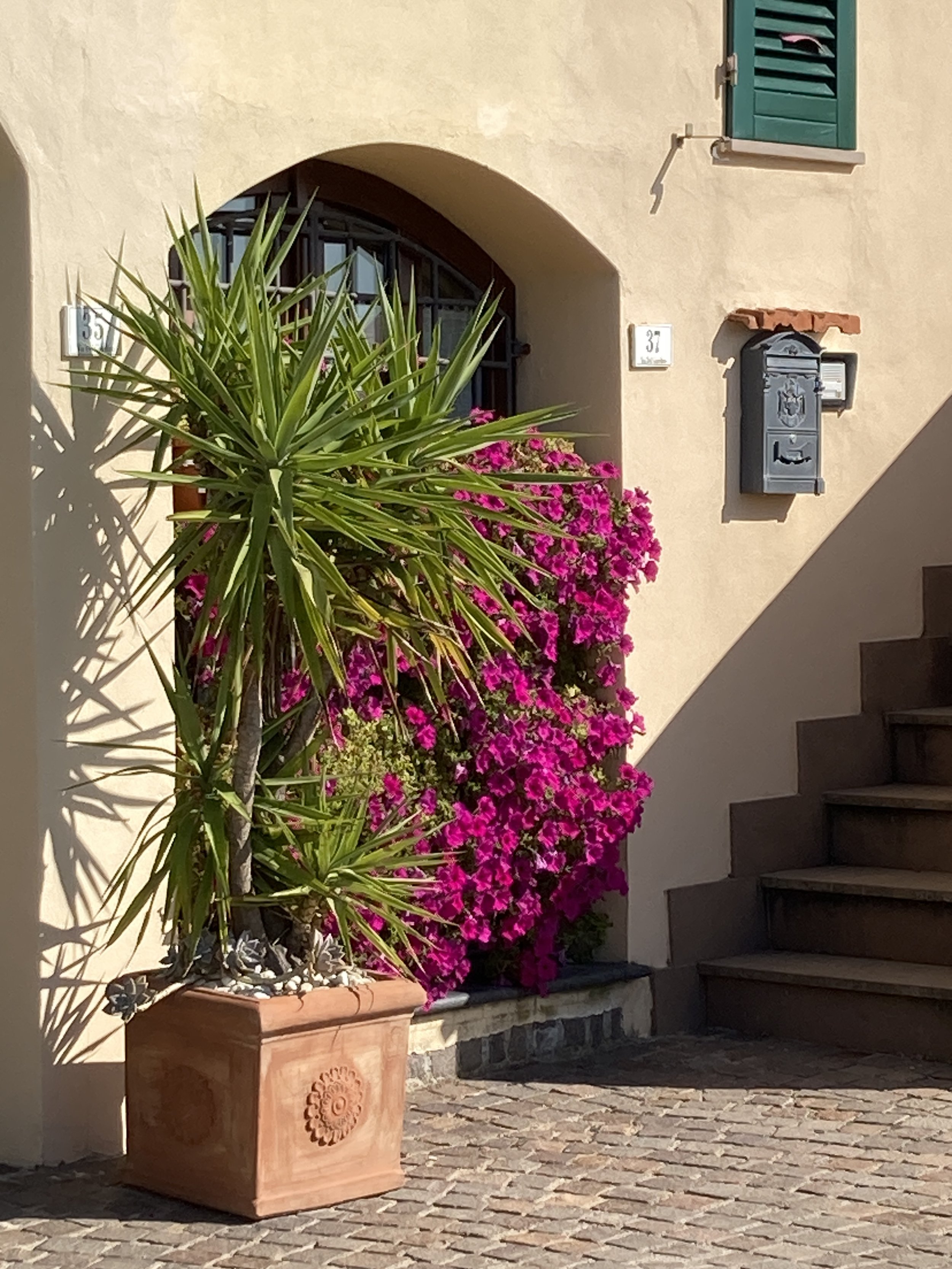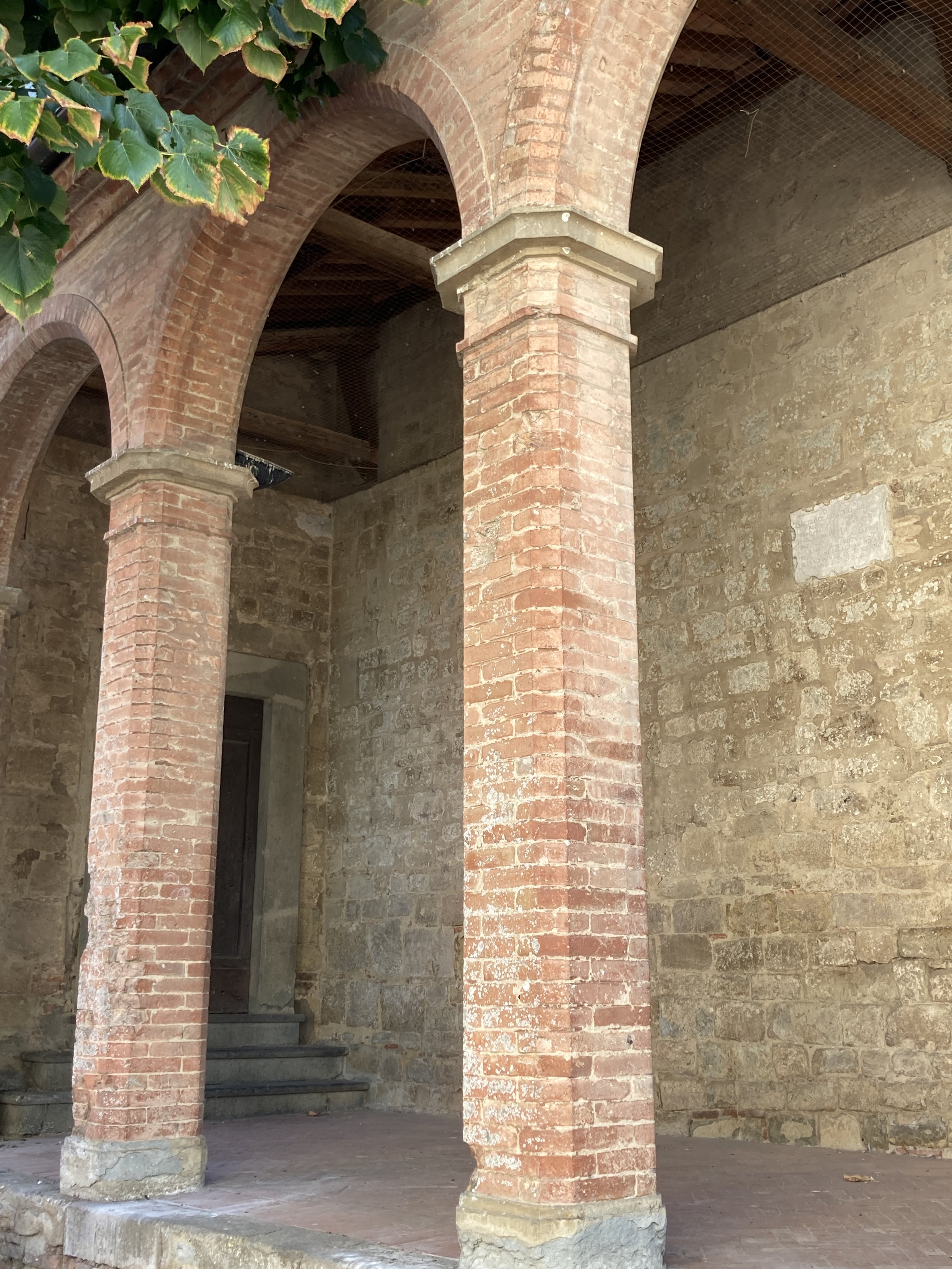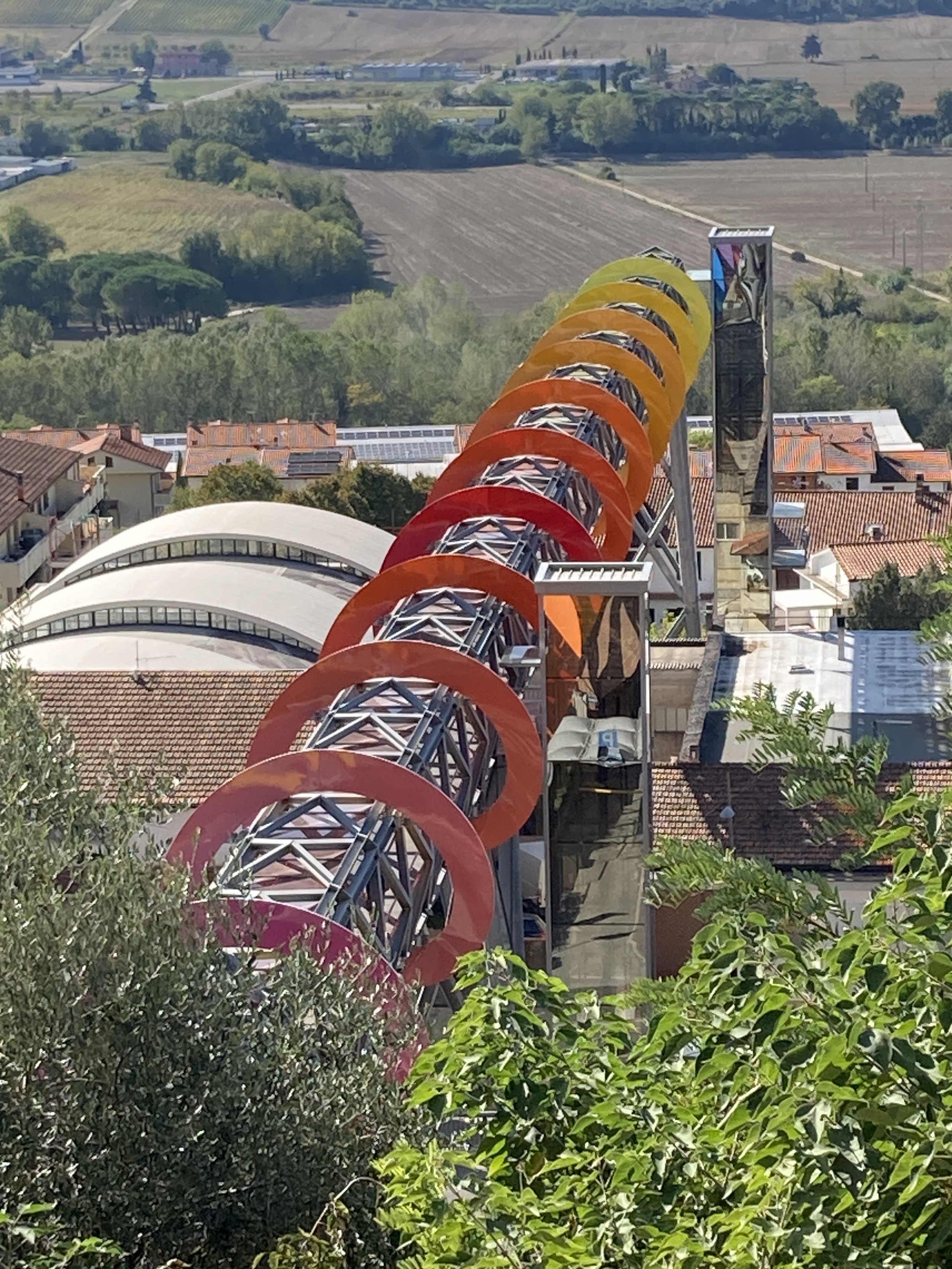Wandering in Florence
It is easy to be overwhelmed by the city of Florence. The art. The architecture. The history. The crowds !
Even though I live most of the year a short hour and twenty minute train ride away, I’ve only spent short periods of time in Florence since moving to Italy. Most visits have been day trips or at best one night stays for a specific purpose - a birthday lunch for a friend, the dramatic Florentine Easter celebration, the annual Christmas market. I once spent a day in the city shoe shopping, which felt (and still does) rather decadent.
It had been a long time since I visited for a longer stay or did the things Florence is famous for - museums, churches, markets, exhibits.
But that changed this past week with a 5 day stay that gave me lots of time to catch up with Florence.
November is a great time to visit Florence. There are still crowds, but they are much smaller than in high season. The cool, but not cold, weather is perfect, even with on and off rain. It was fortunate that the heavy rains that caused so many problems in Tuscany last week happened mostly later in the evenings and overnight in Florence and that there was no flooding. Watching the umbrellas go up and down filled the streets with changing colors.
I arrived with a list of things I wanted to see and do, many of them favorites from long ago trips or classic Florentine sights. And yet, with the luxury of a longer stay, what I found myself doing first was just wandering.
I wandered through main piazzas and down tiny side streets. Past small markets and interesting shops. I even came across a brass band who filled a piazza with sound. I found a small sandwich stand that I first discovered 20+ years ago on a food tour and had been unable to find since. I got turned around and a little bit lost and found surprises around every corner. Perhaps best of all is just to people watch and observe Florentine daily life with camera in hand.
I crossed the Ponte Santa Trinità for views of the Ponte Vecchio. The dark and cloudy skies changed the character of the Arno, creating shadows and reflections in the water.
I spent some time looking up. There are lots of interesting things to be seen far above eye level.
Wandering through Florence presents so many small details to discover - pretty doors, carved stone decorations, street side shrines, and the outsides of famous churches. Wandering provides the luxury to sip a coffee in a pretty cafe with a view to a piazza and just daydream.
I did make time to visit some more well known places - including 2 museums, some churches, a market, the Piazza del Duomo, and a fabulous art nouveau exhibit. All were wonderful. I’ll write more about them in the next weeks.
But simply wandering the city, without a specific goal, was one of the best parts of my visit and those are the rather random photos i’m sharing this week.
